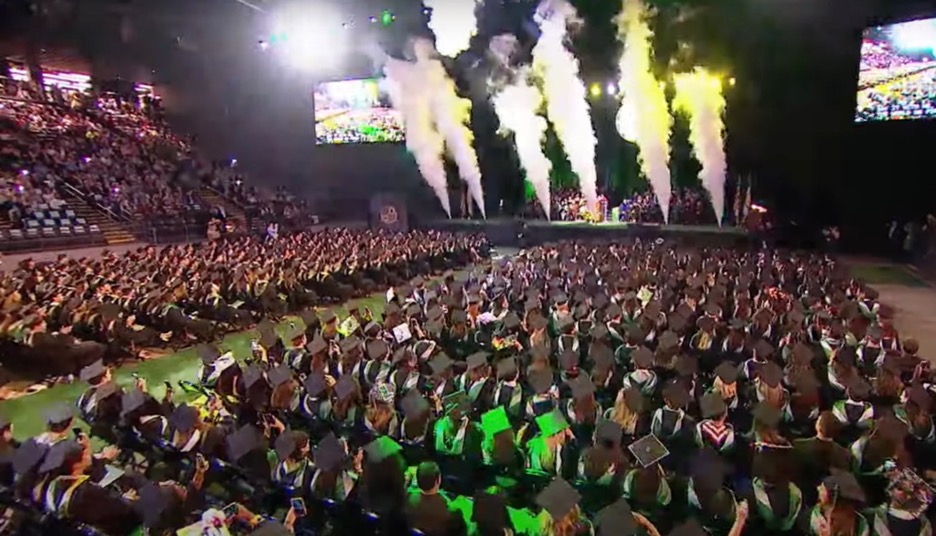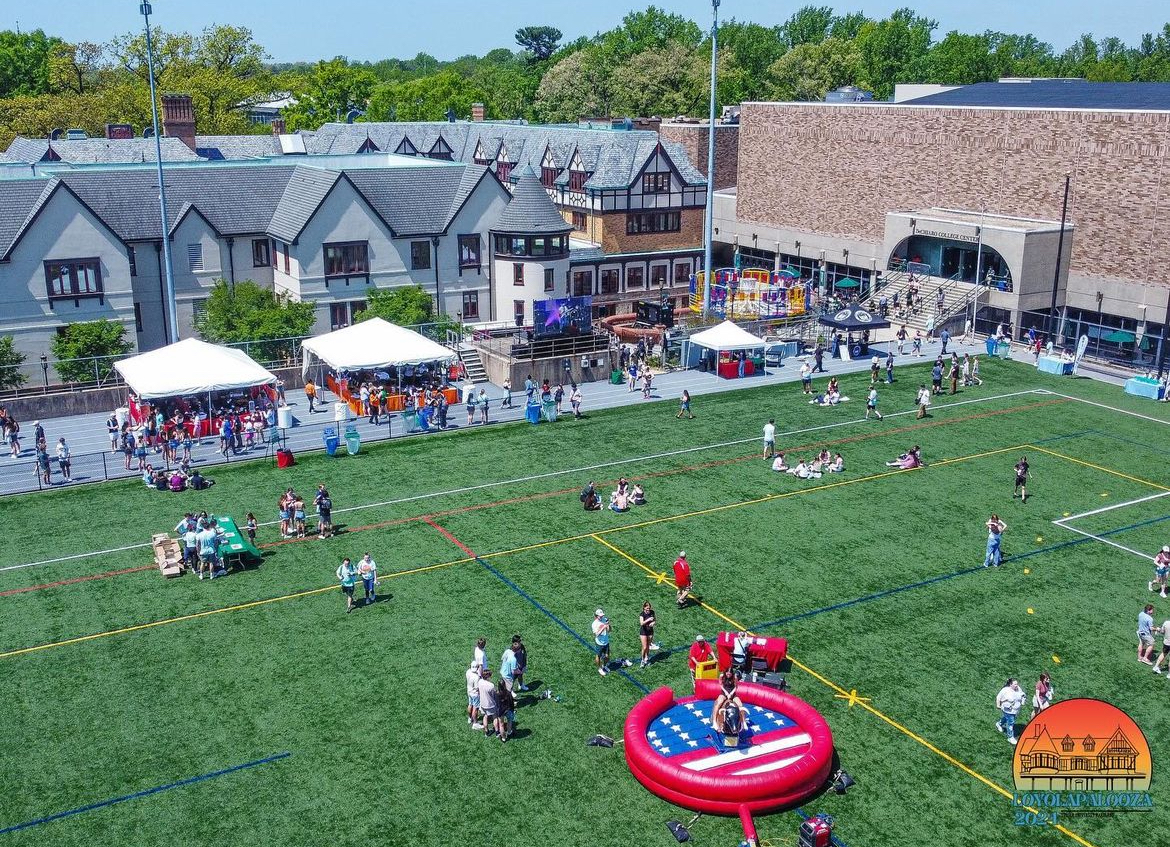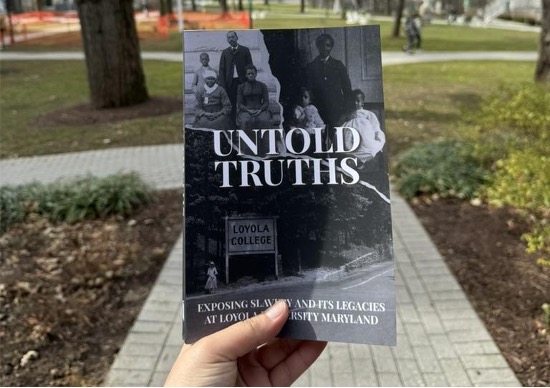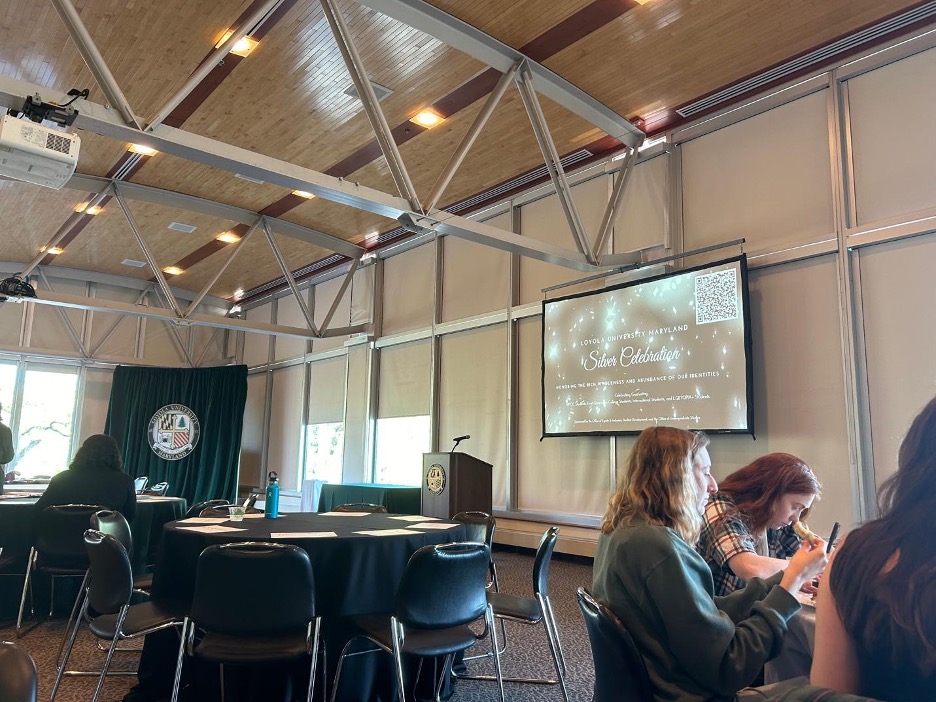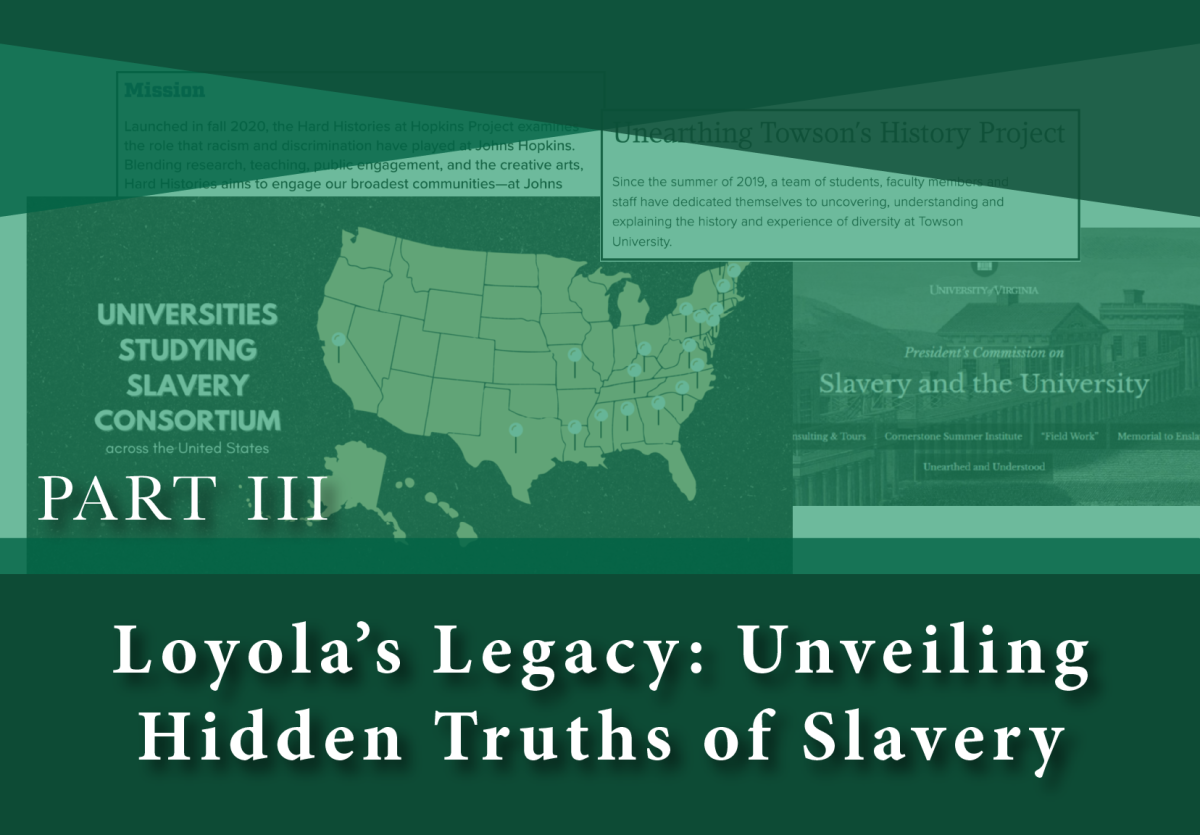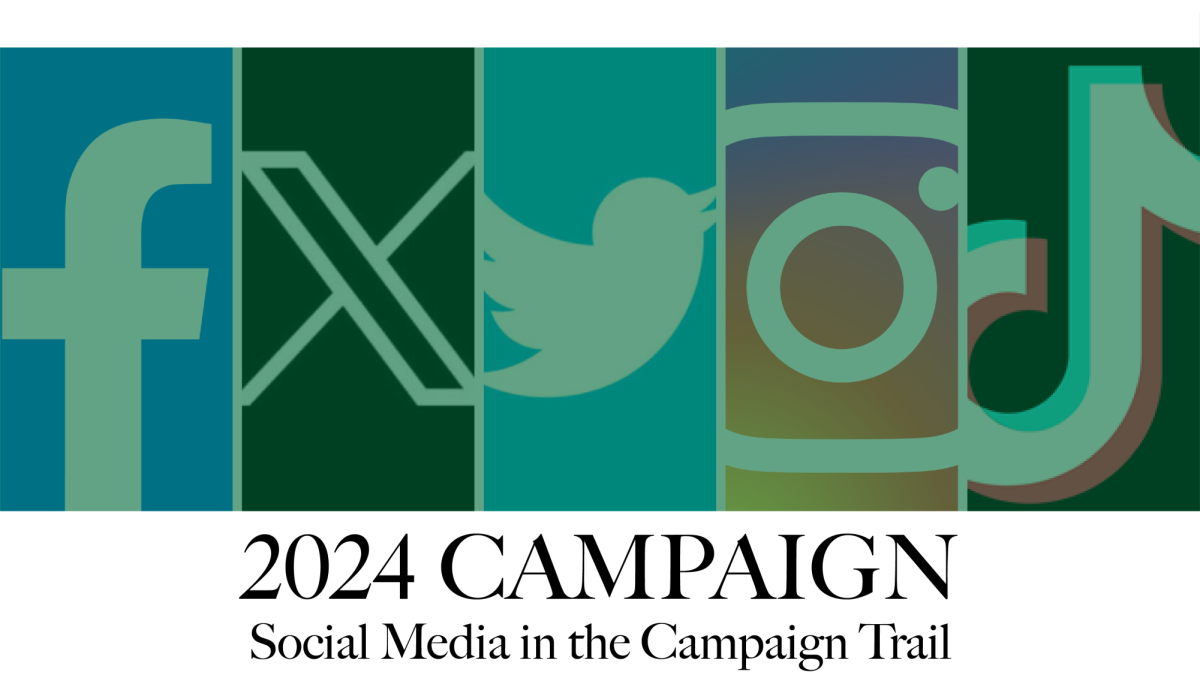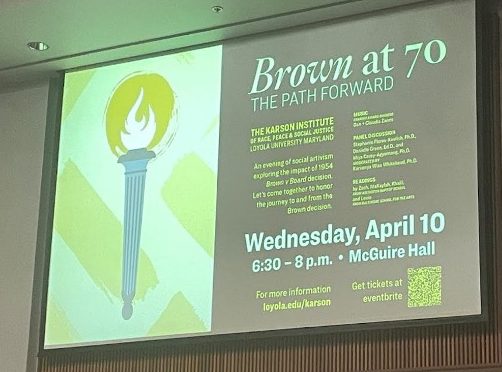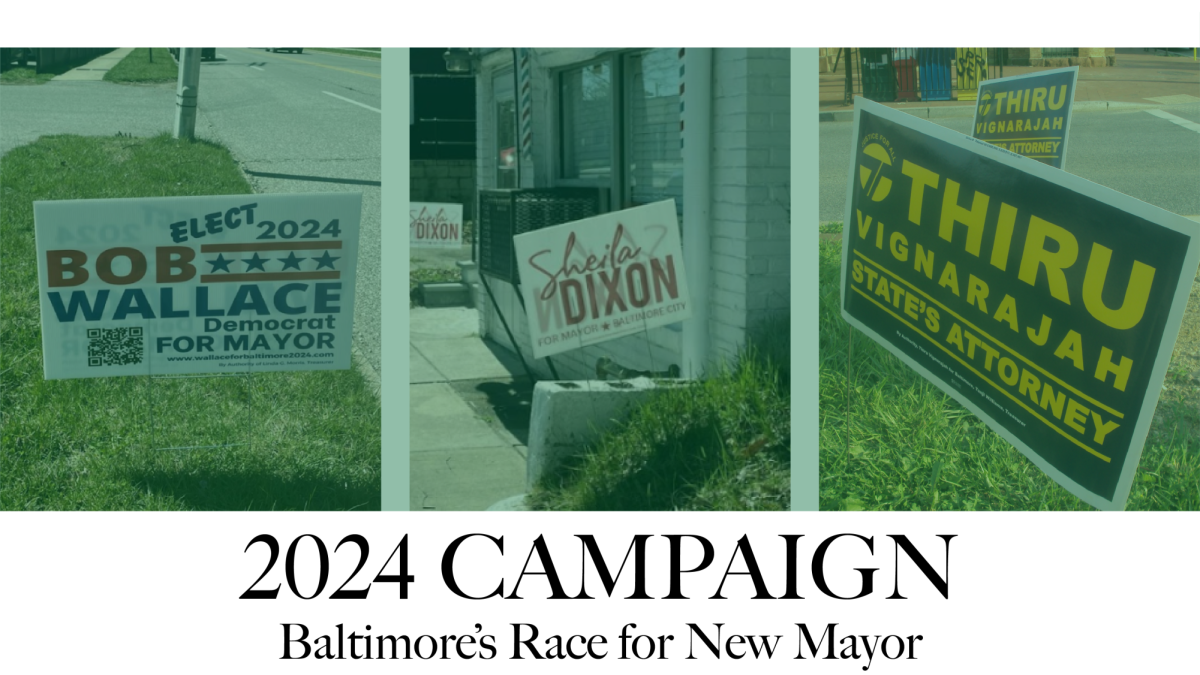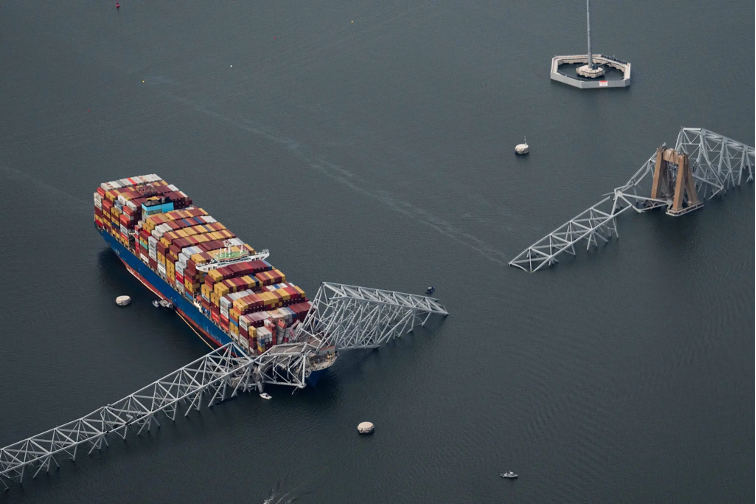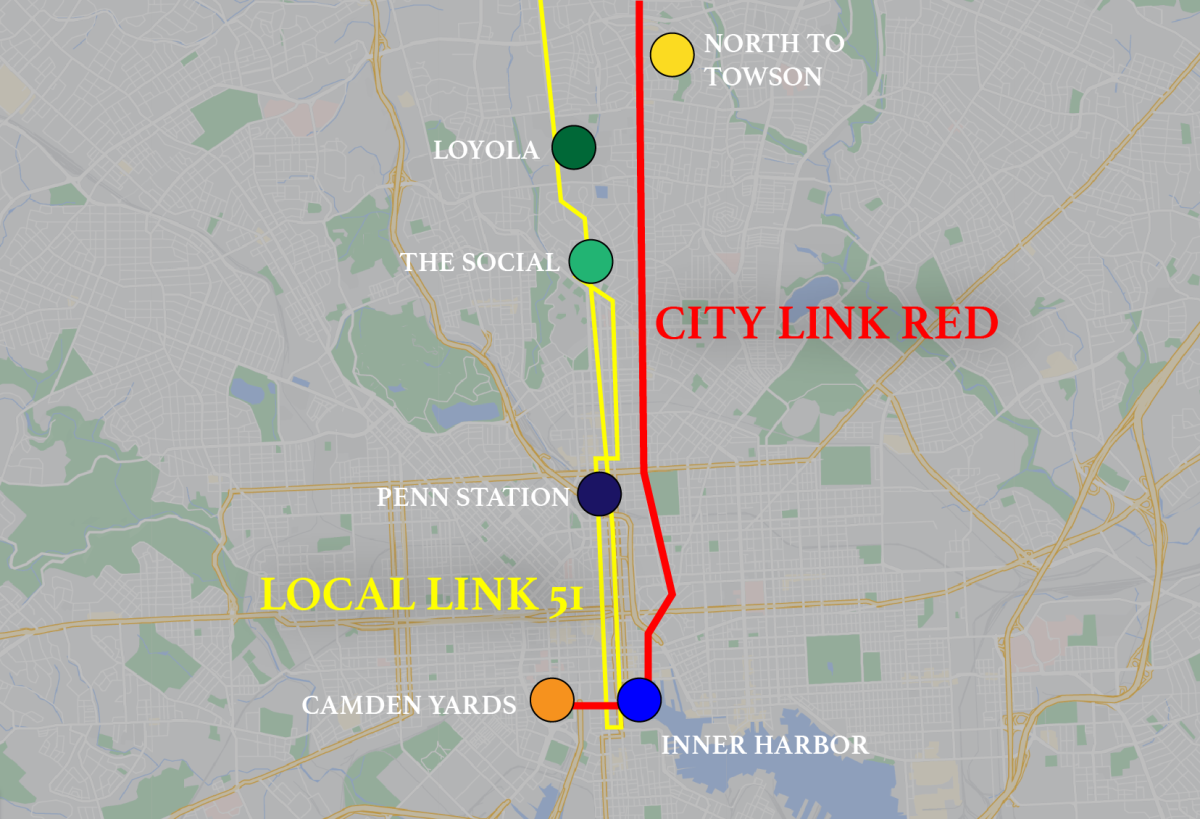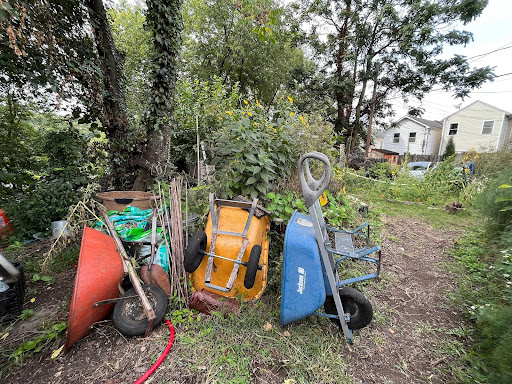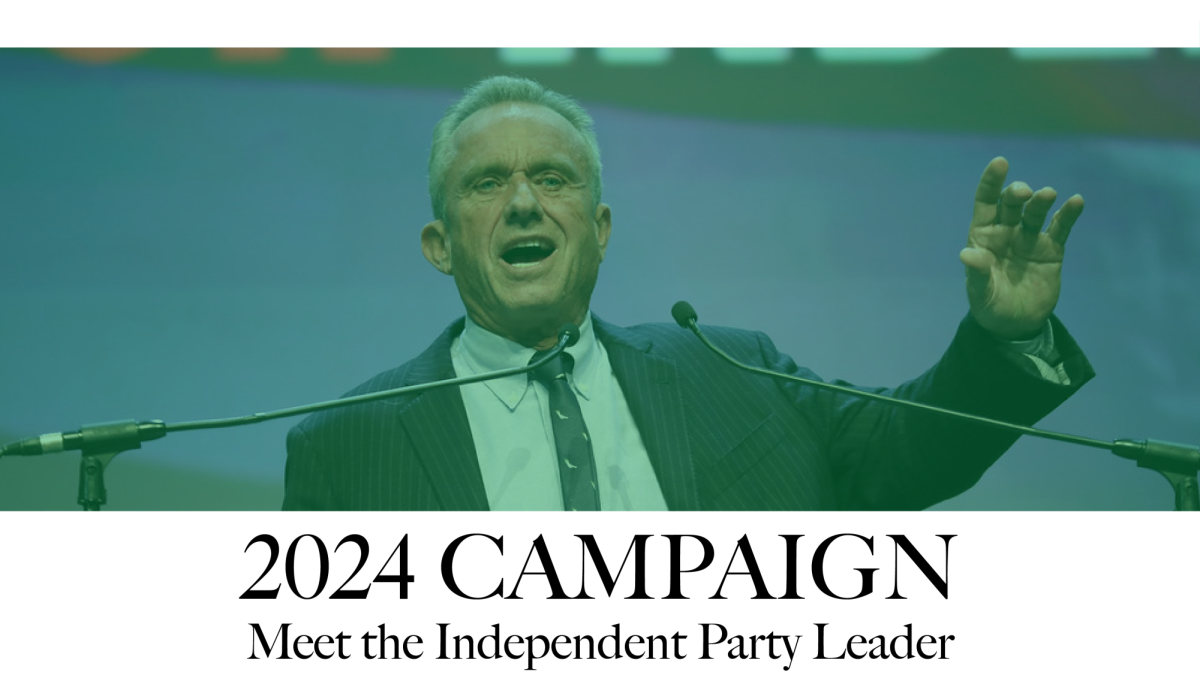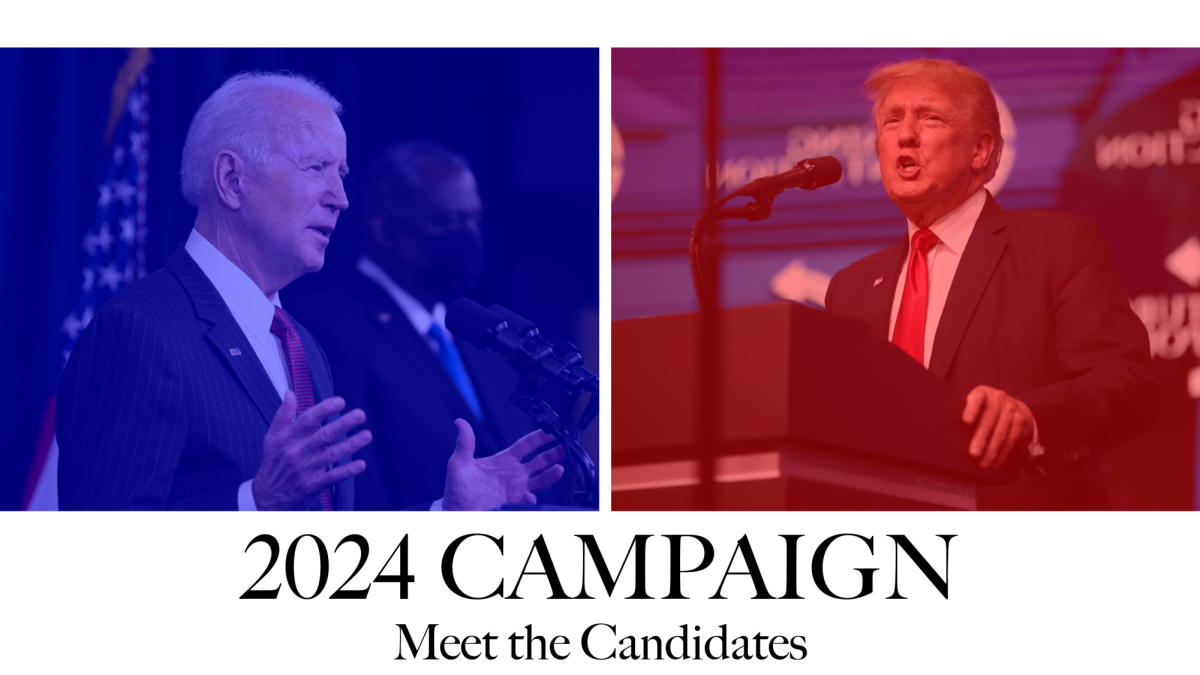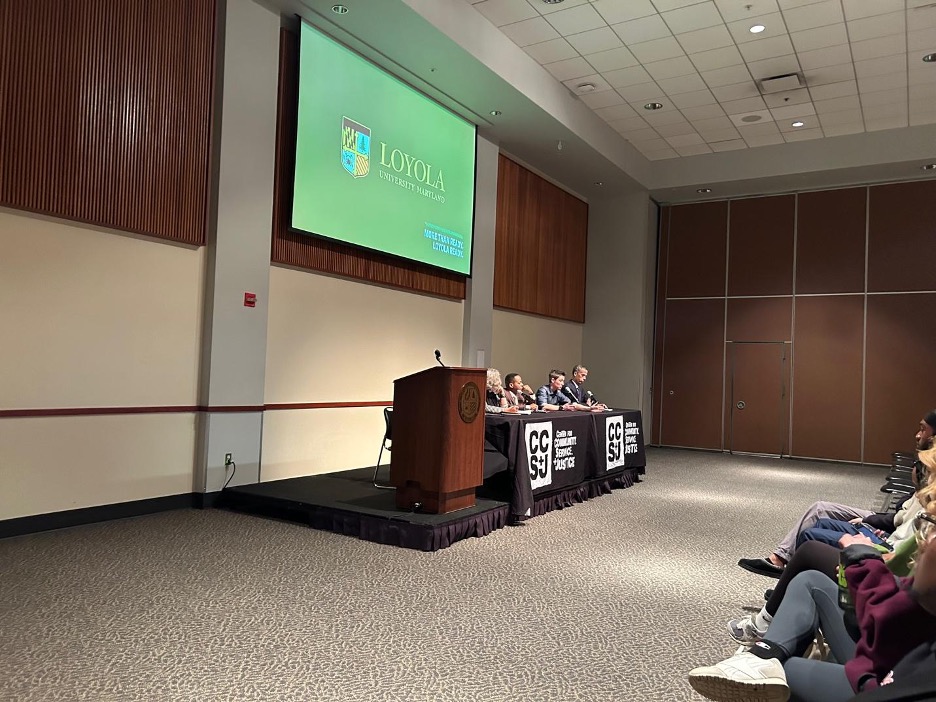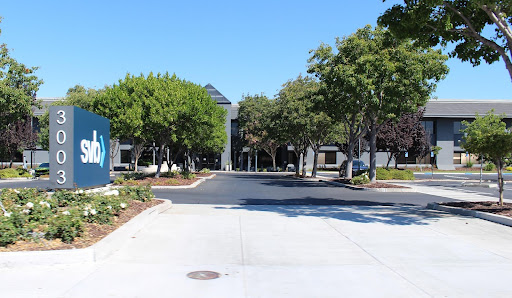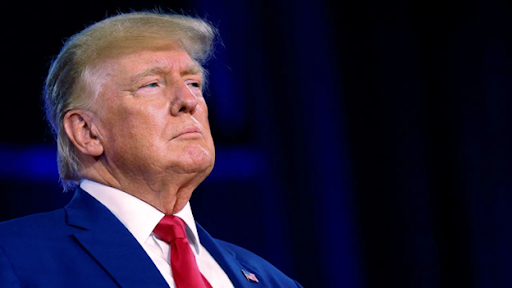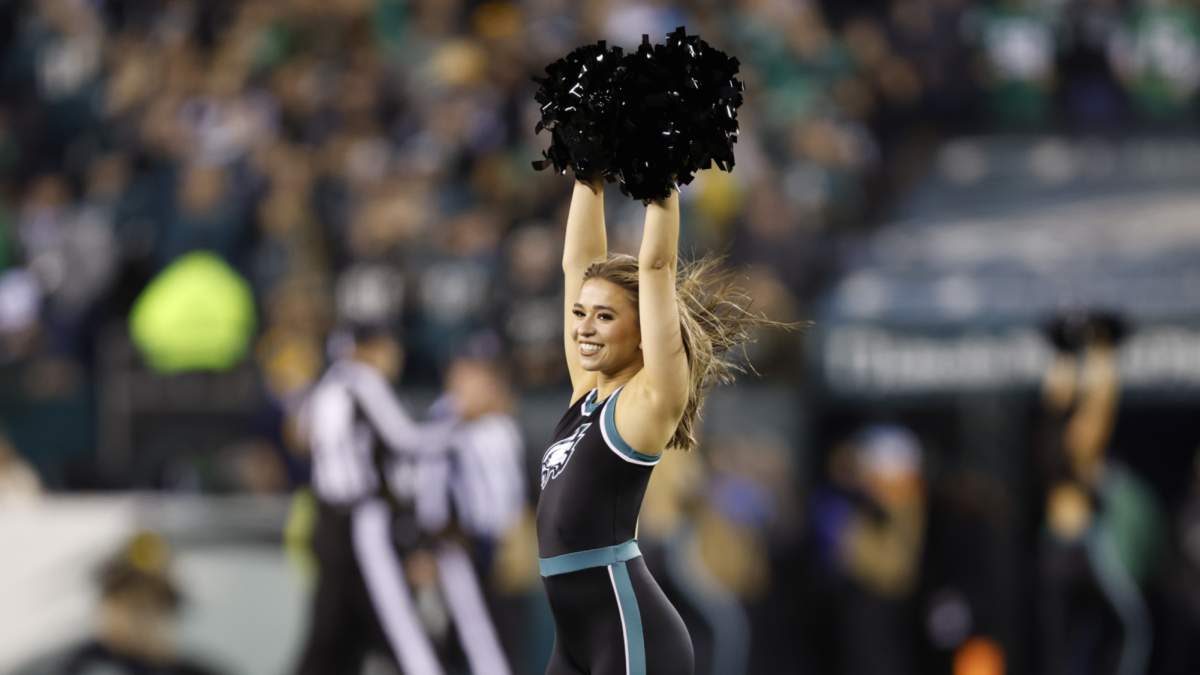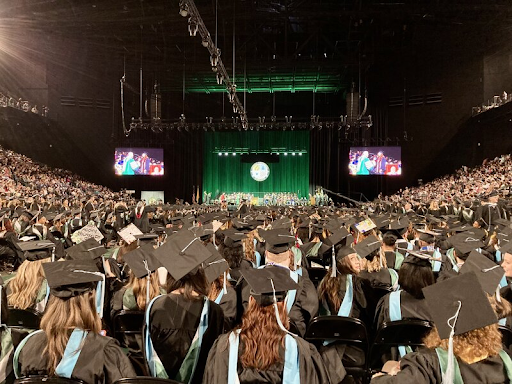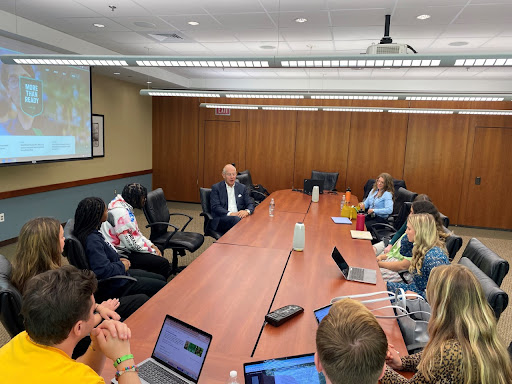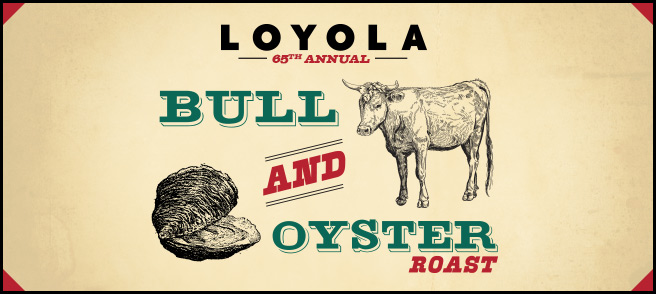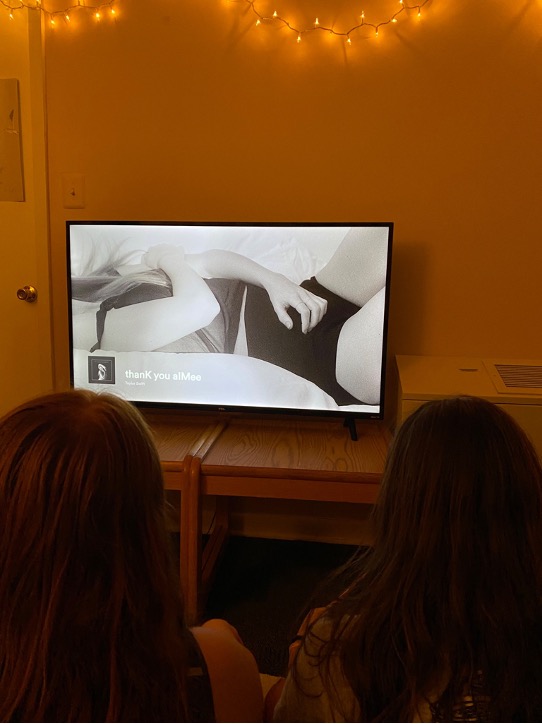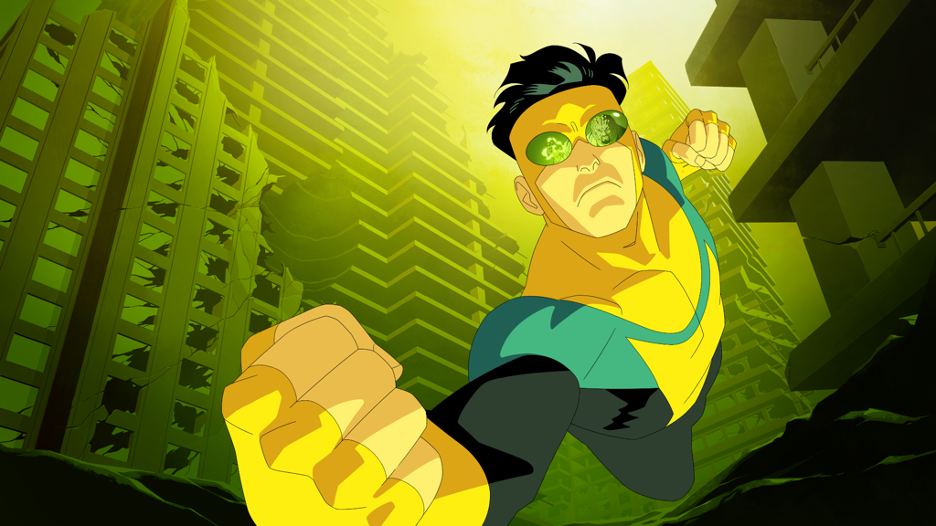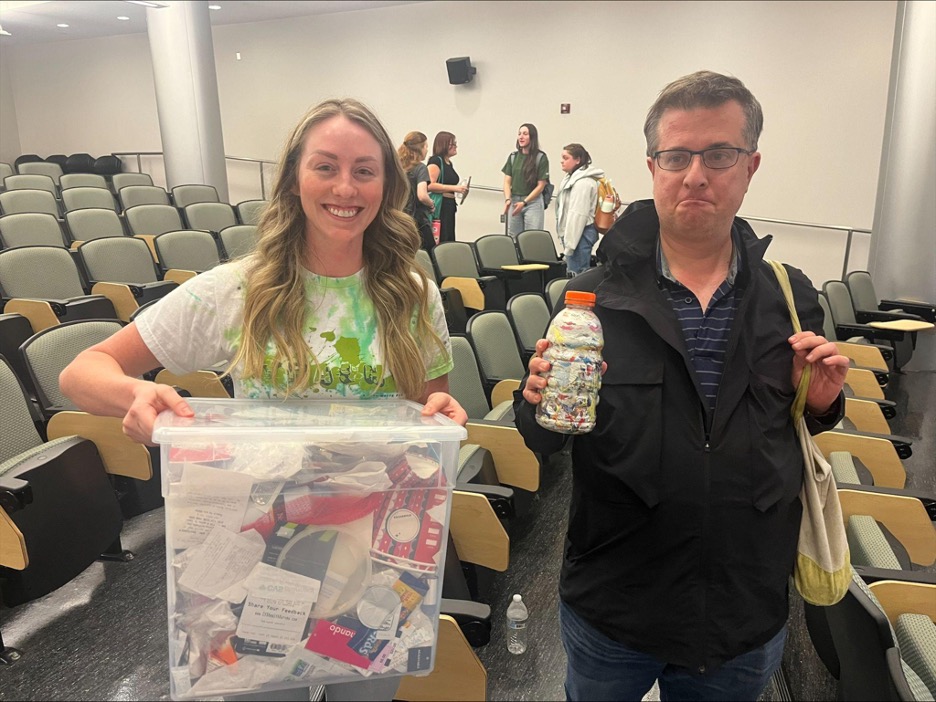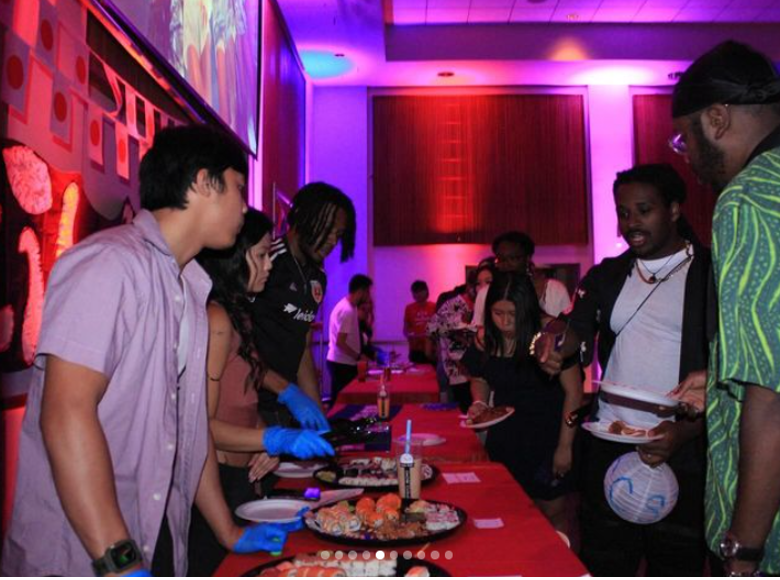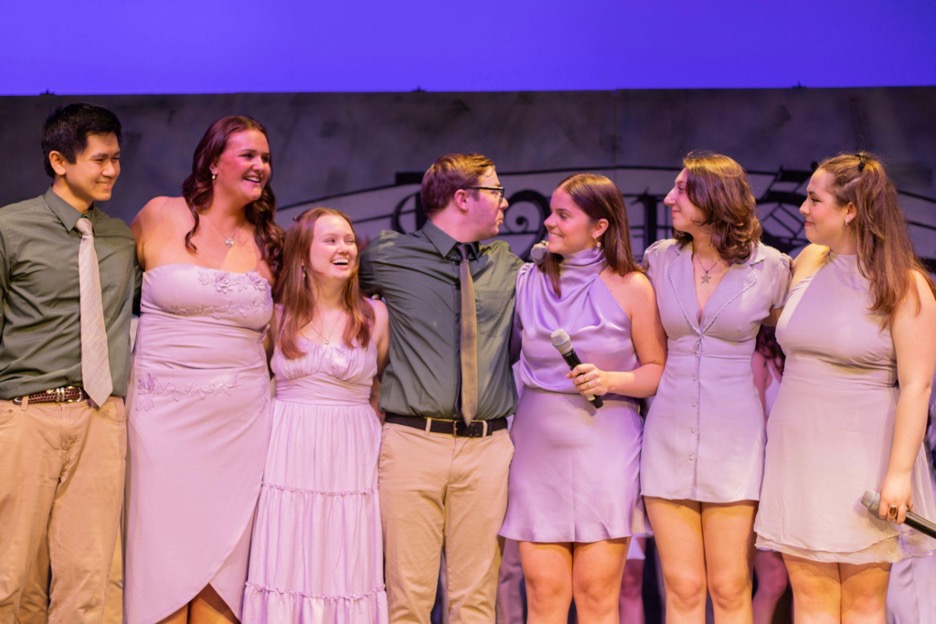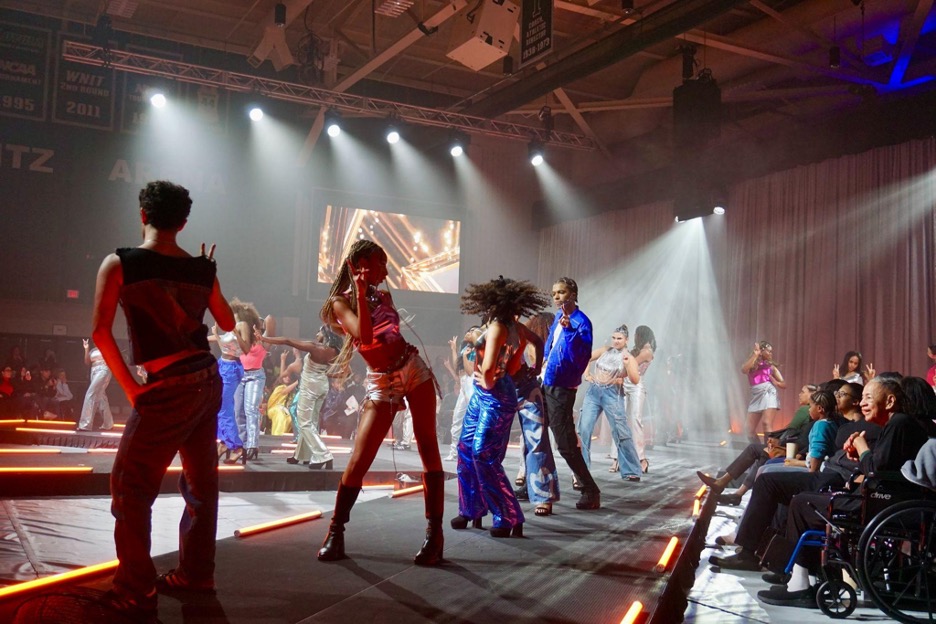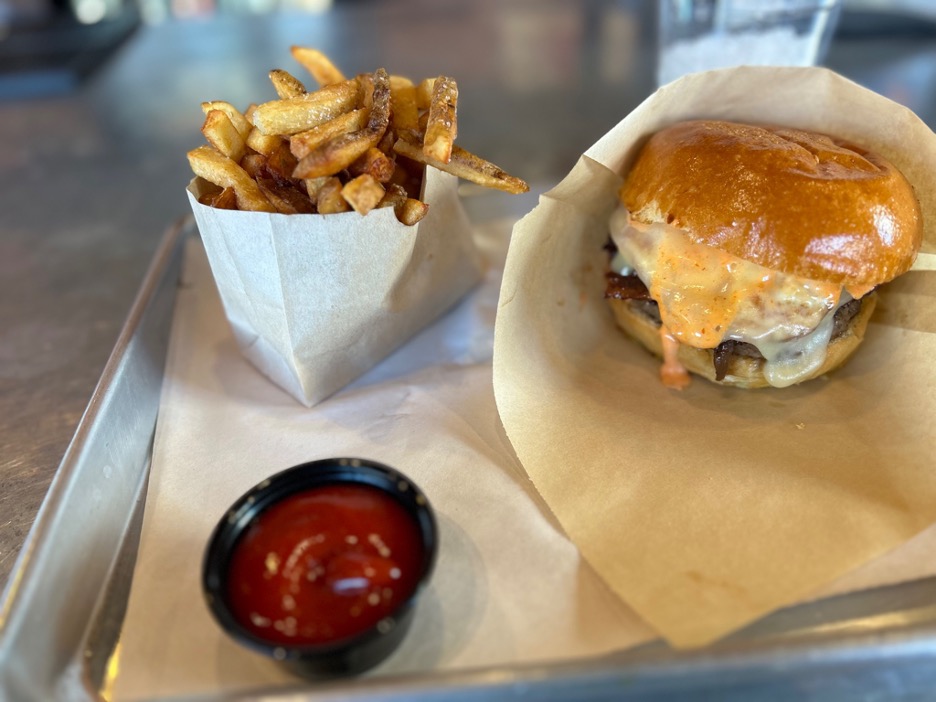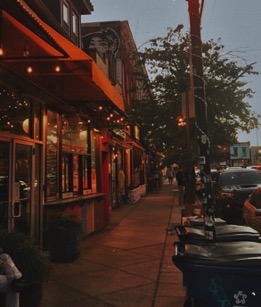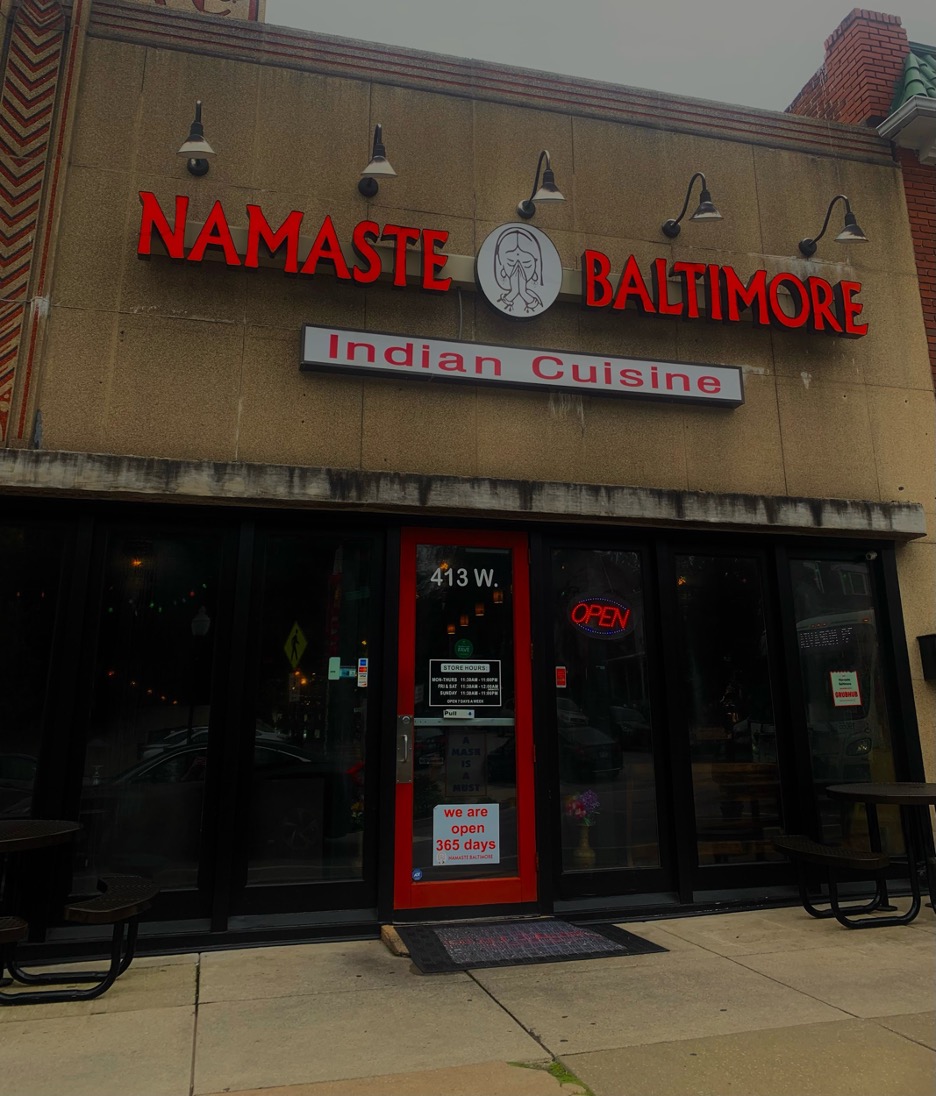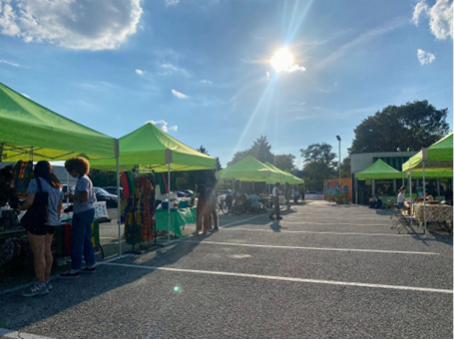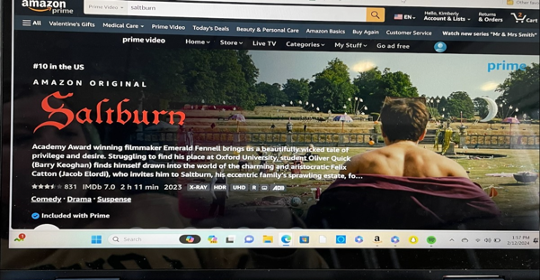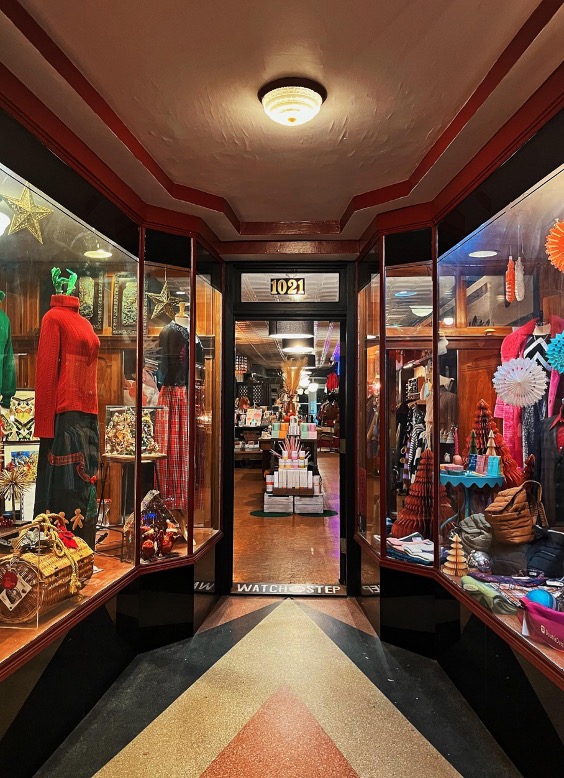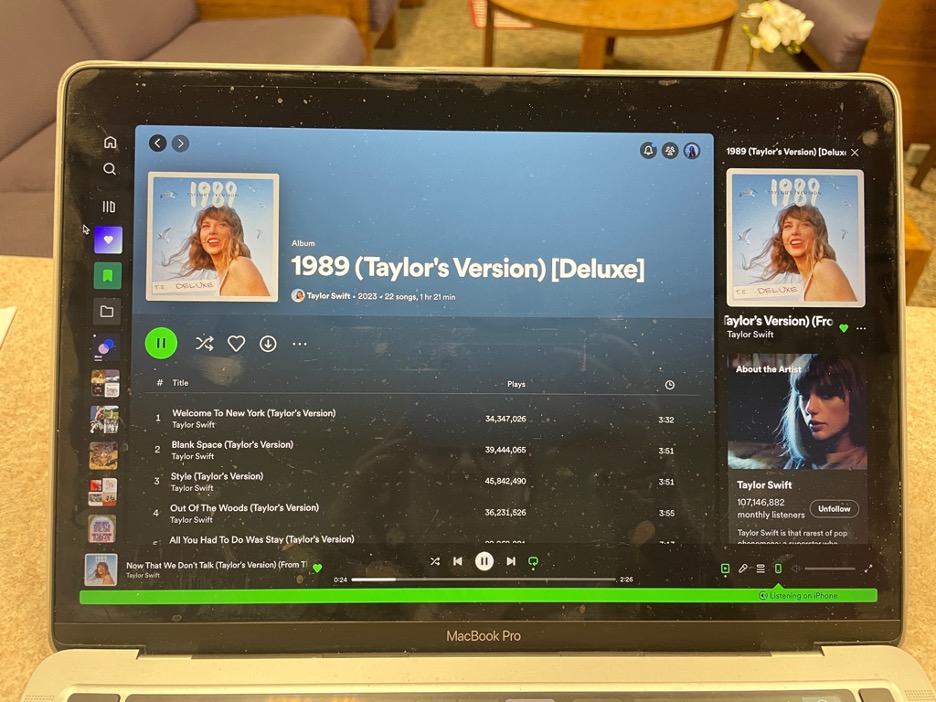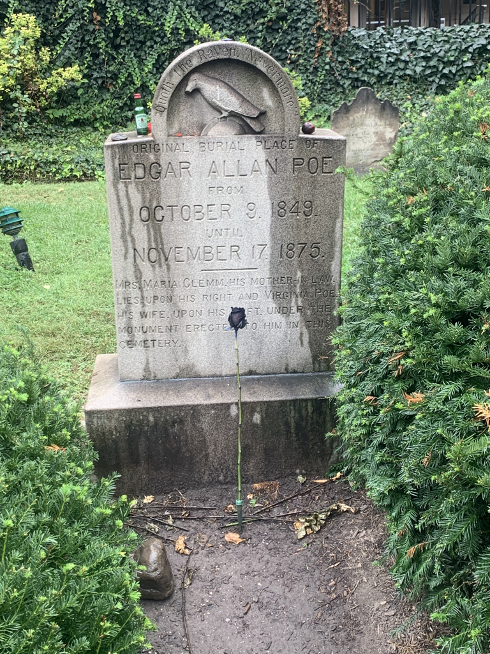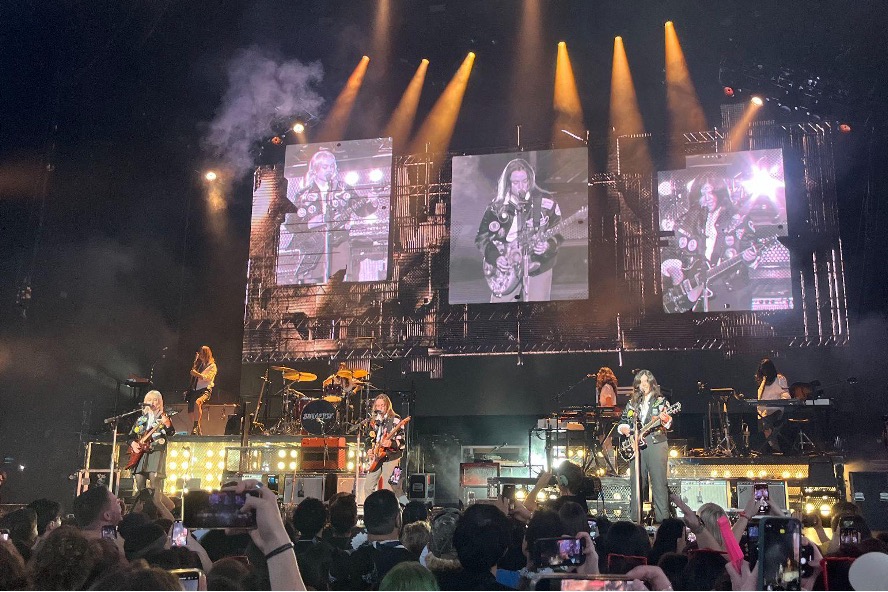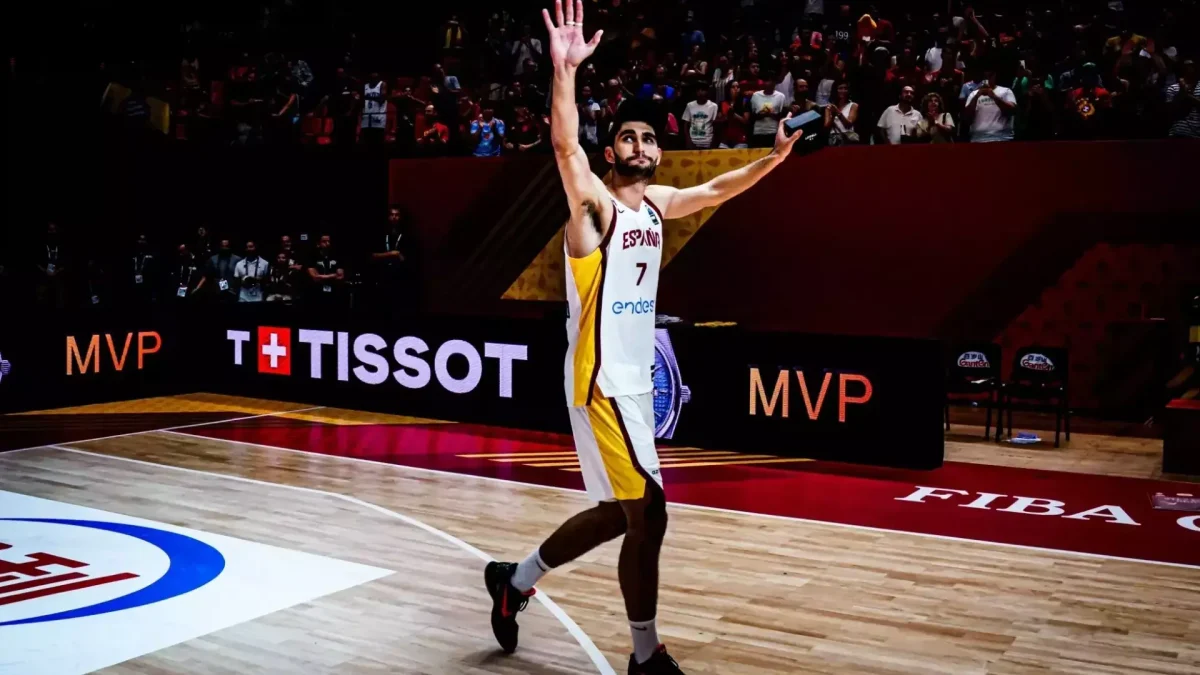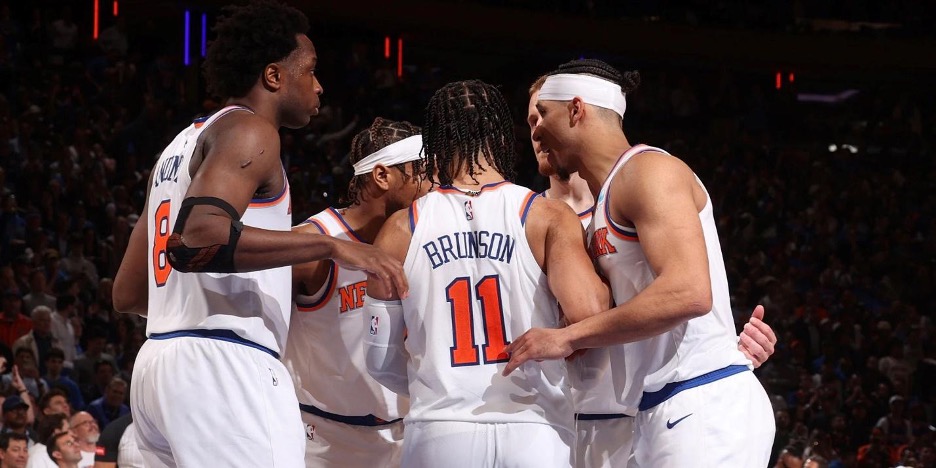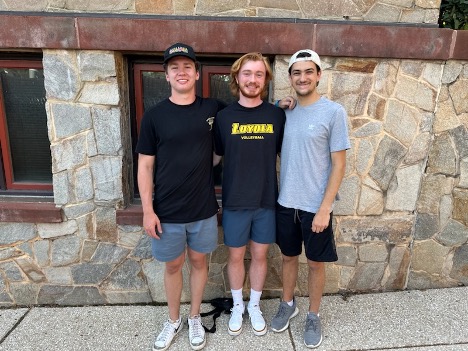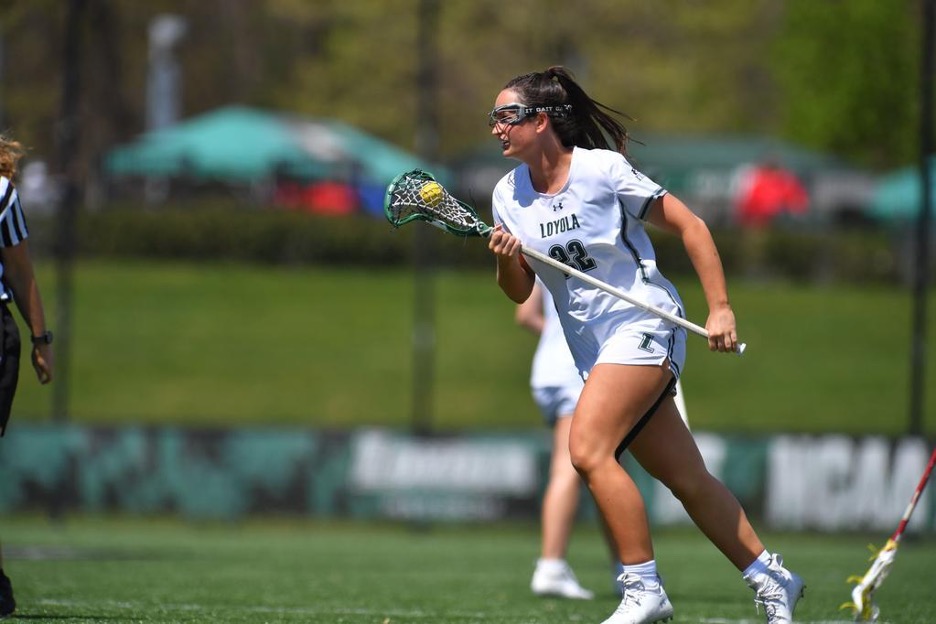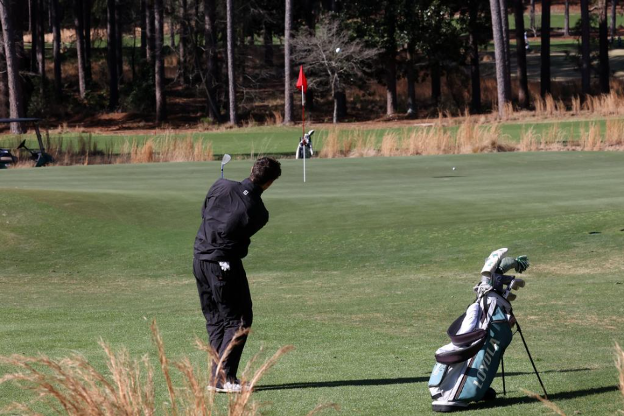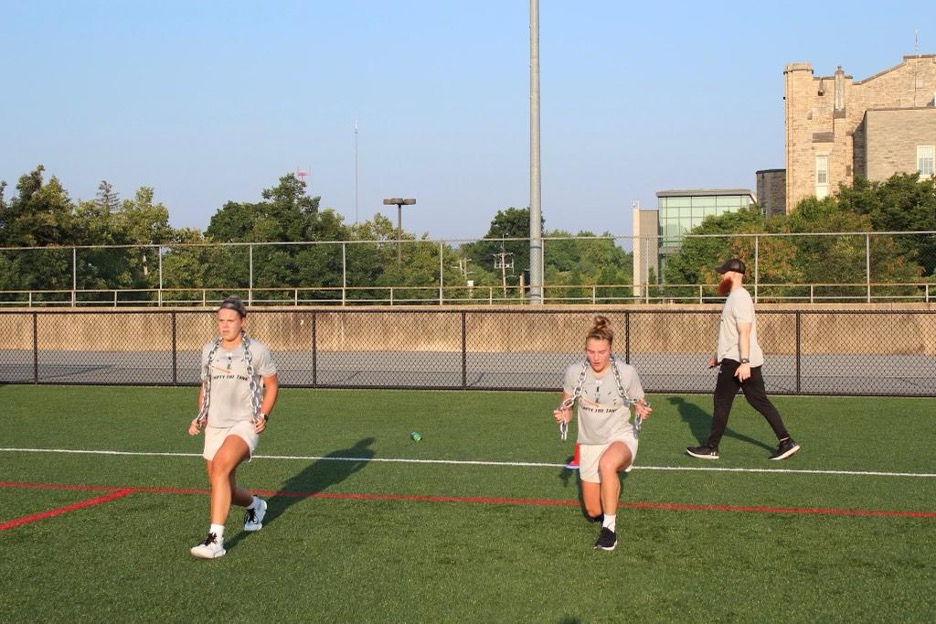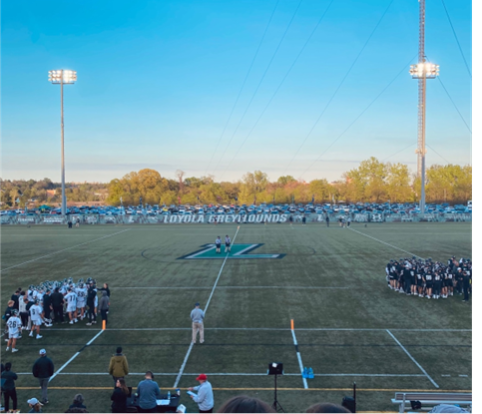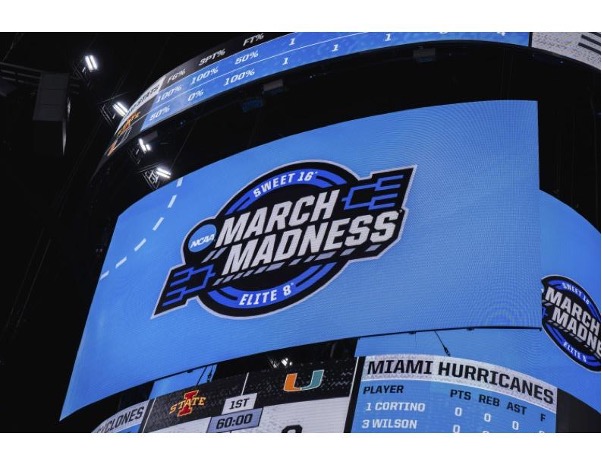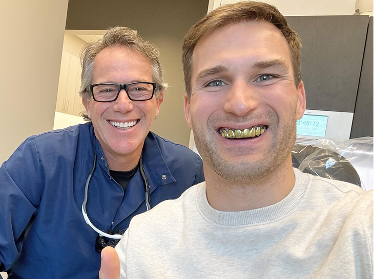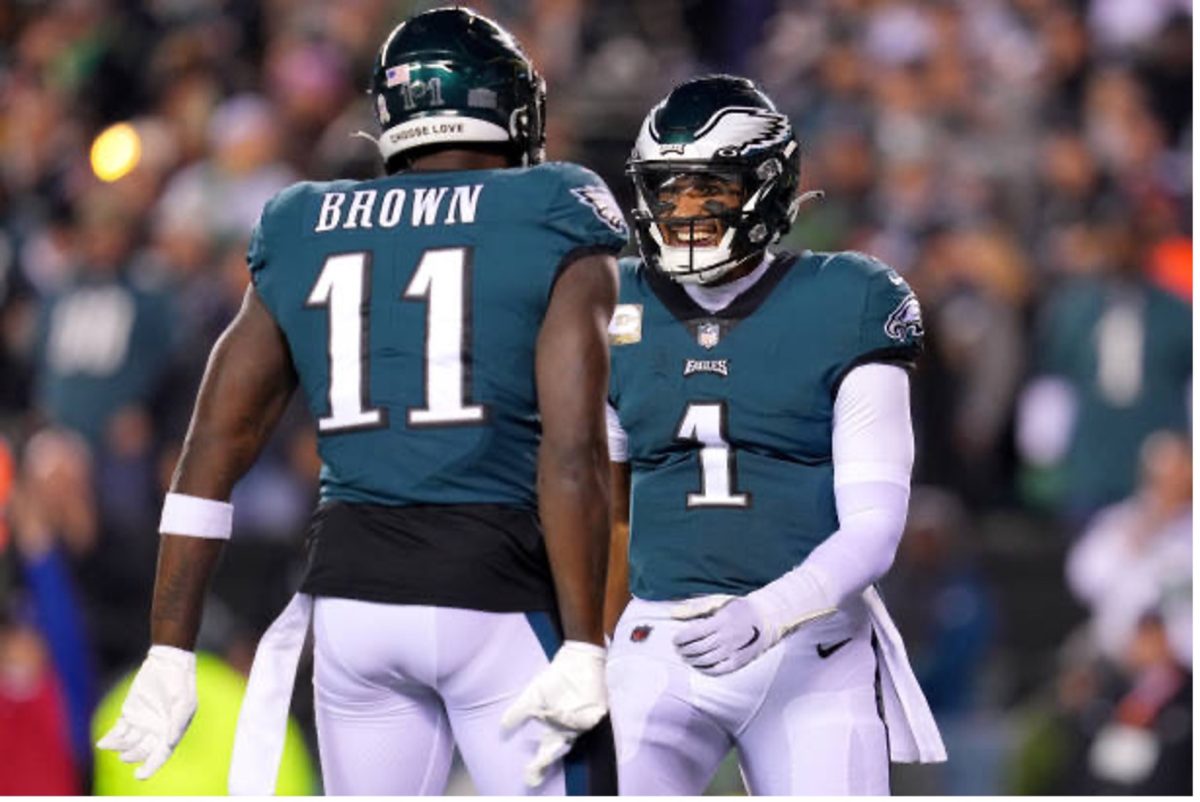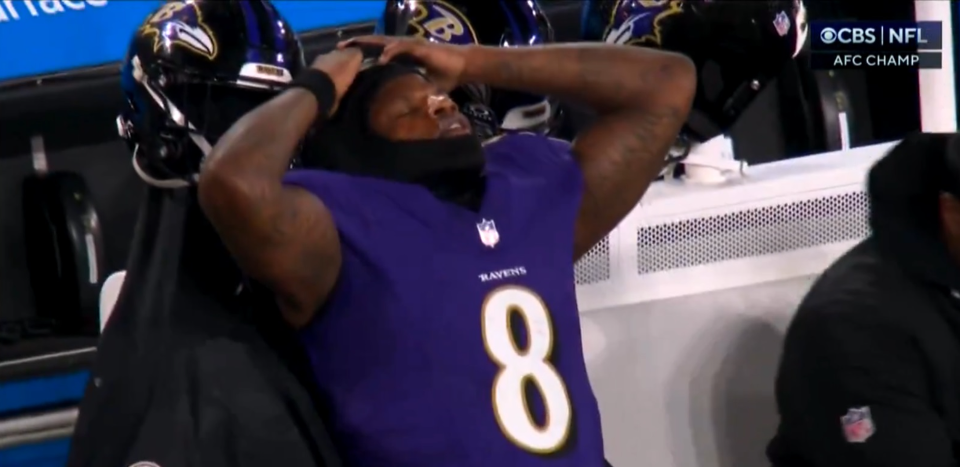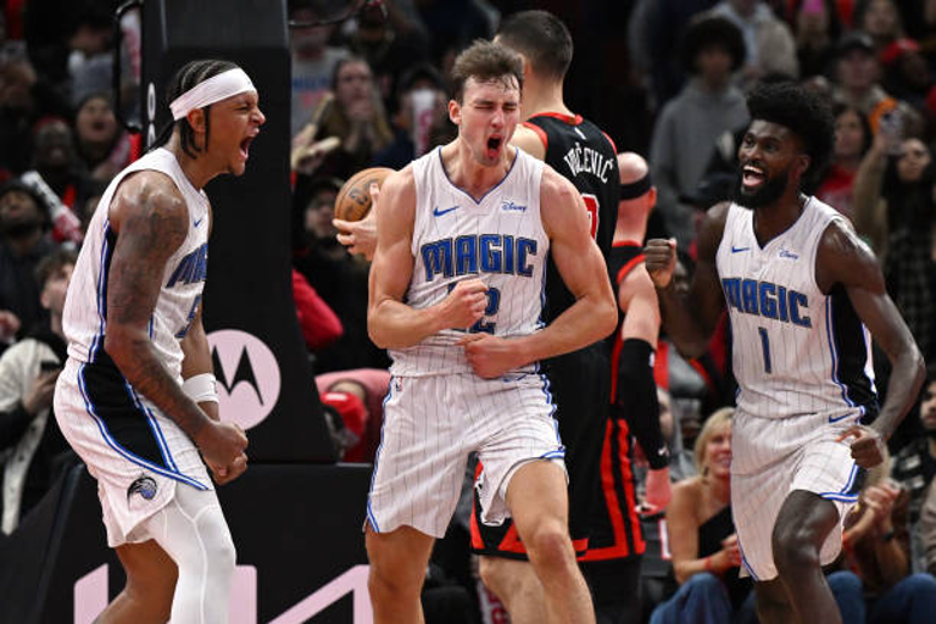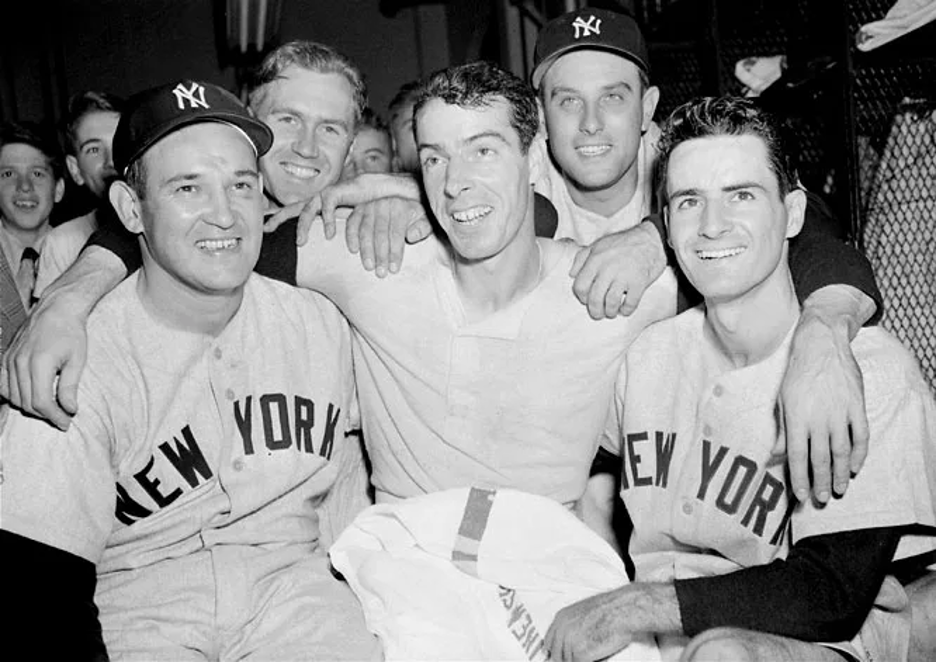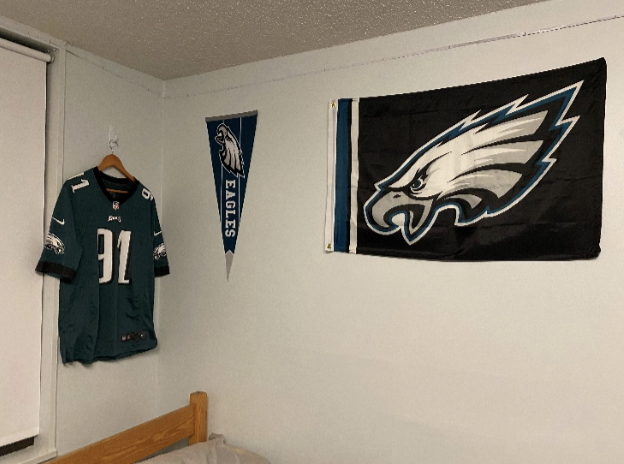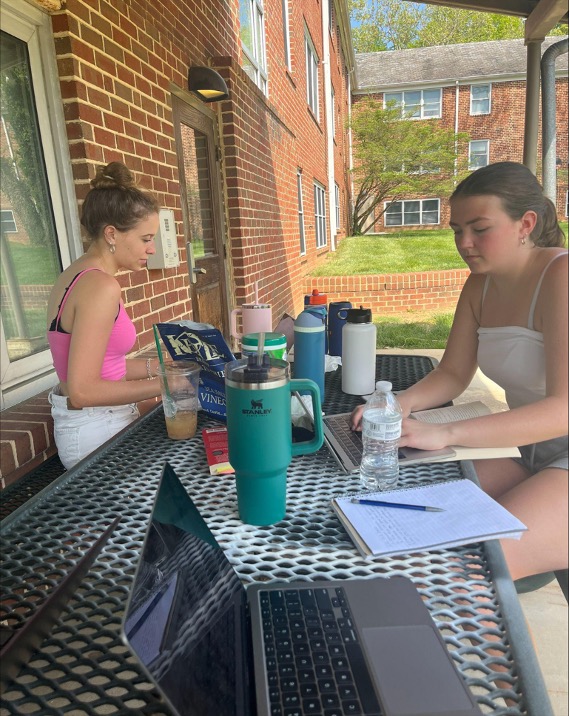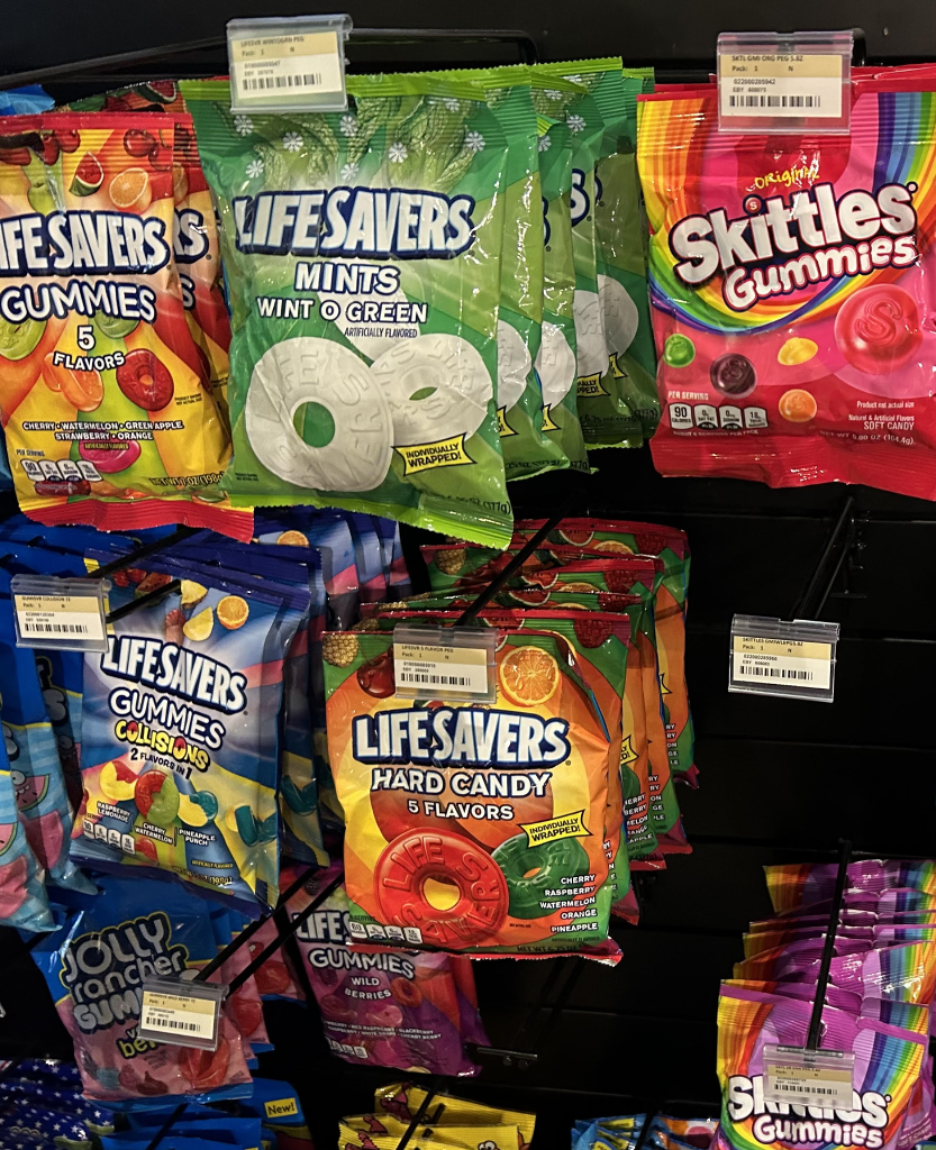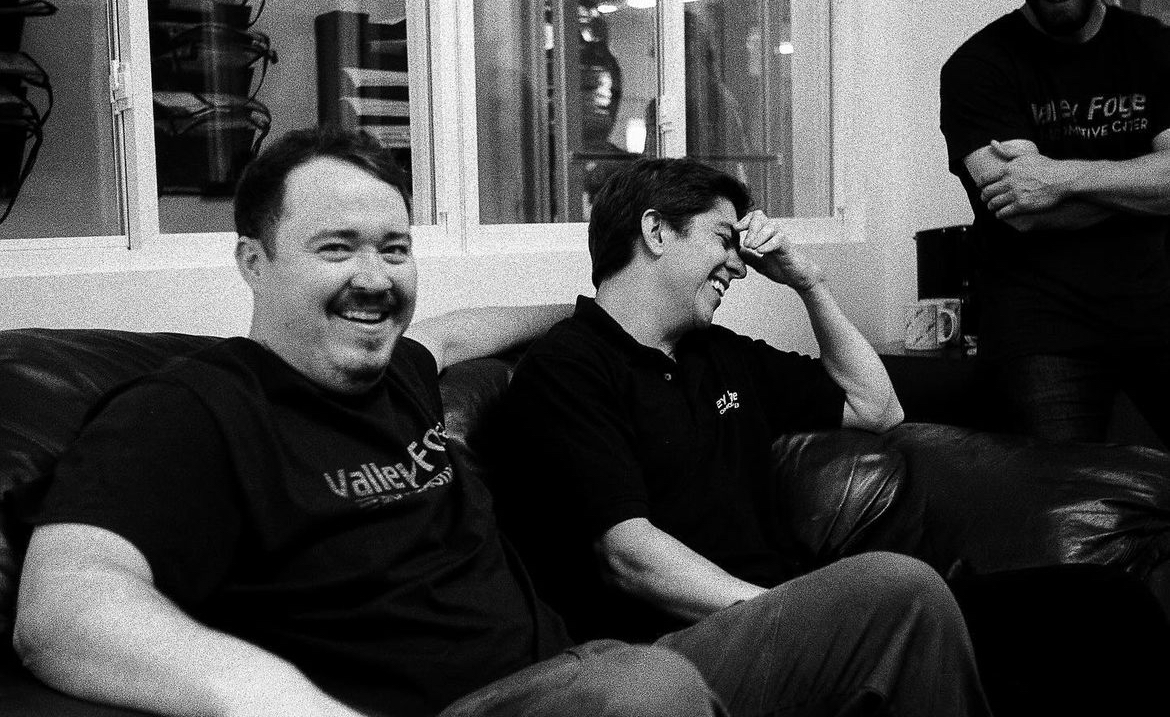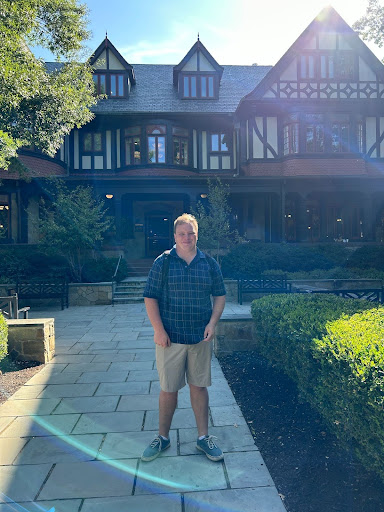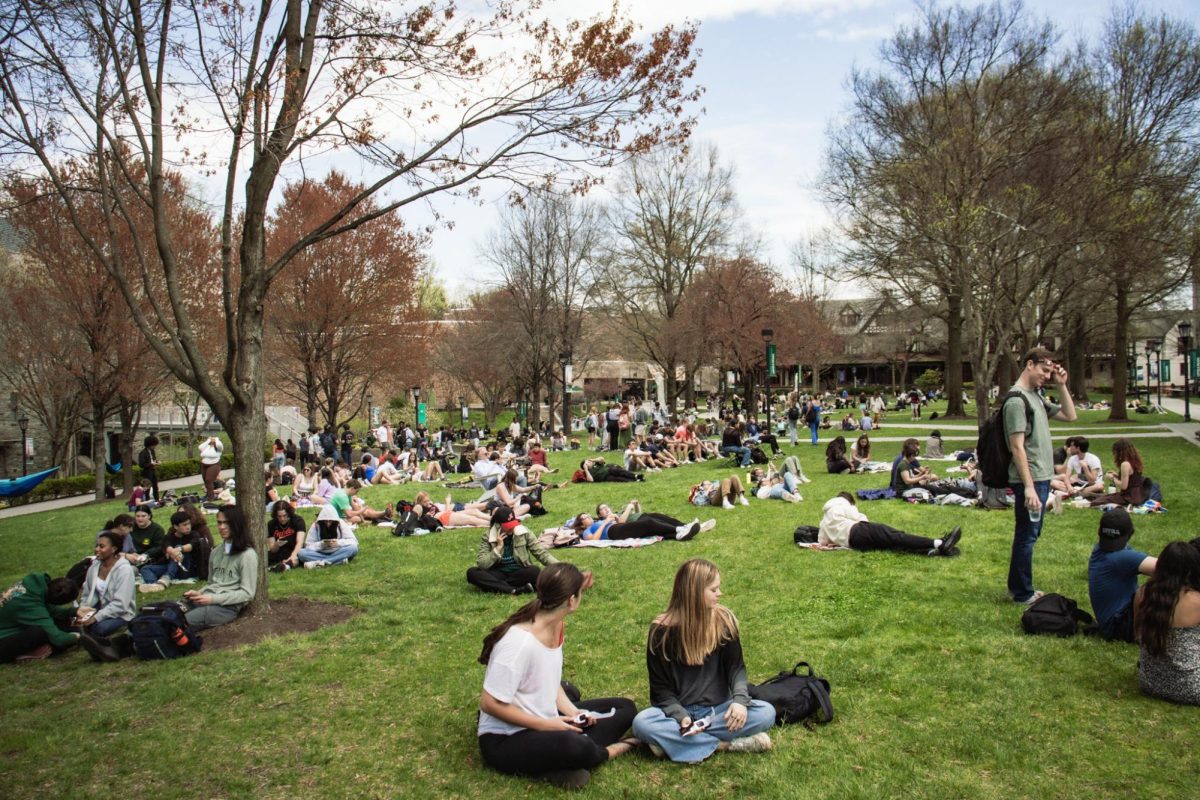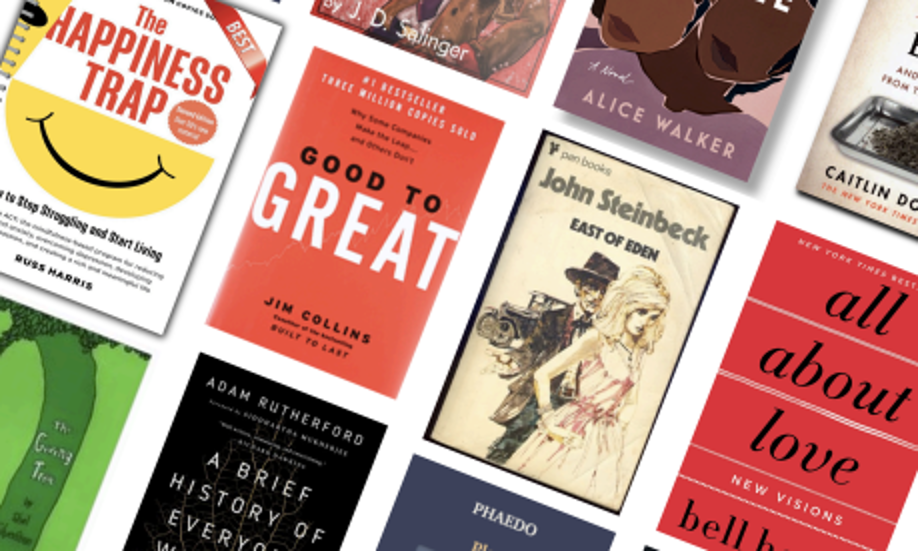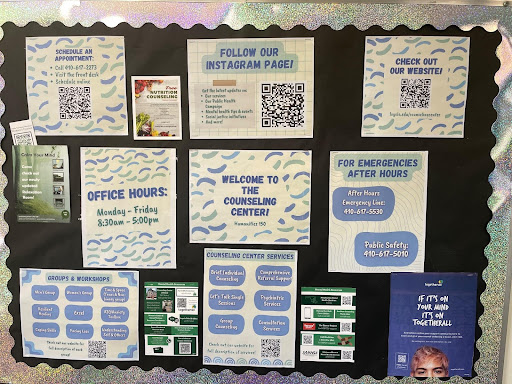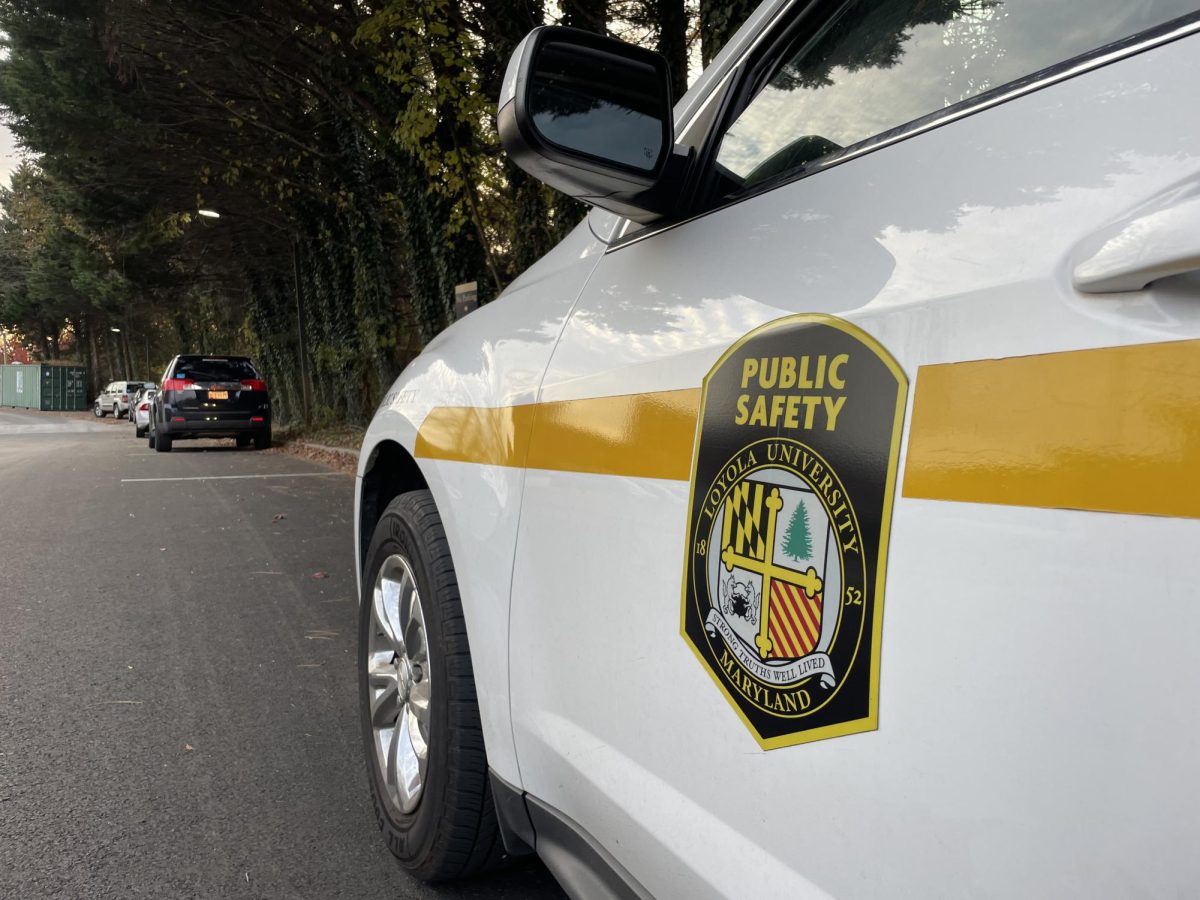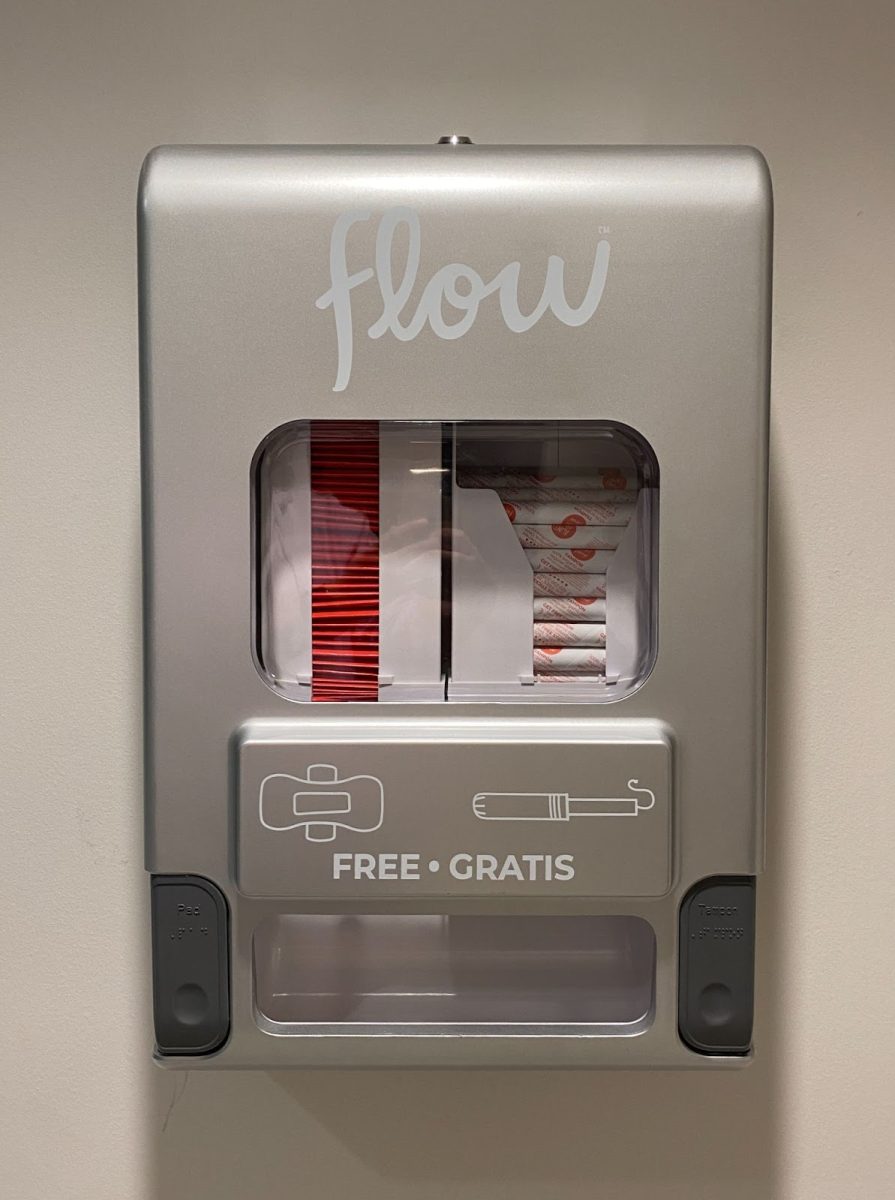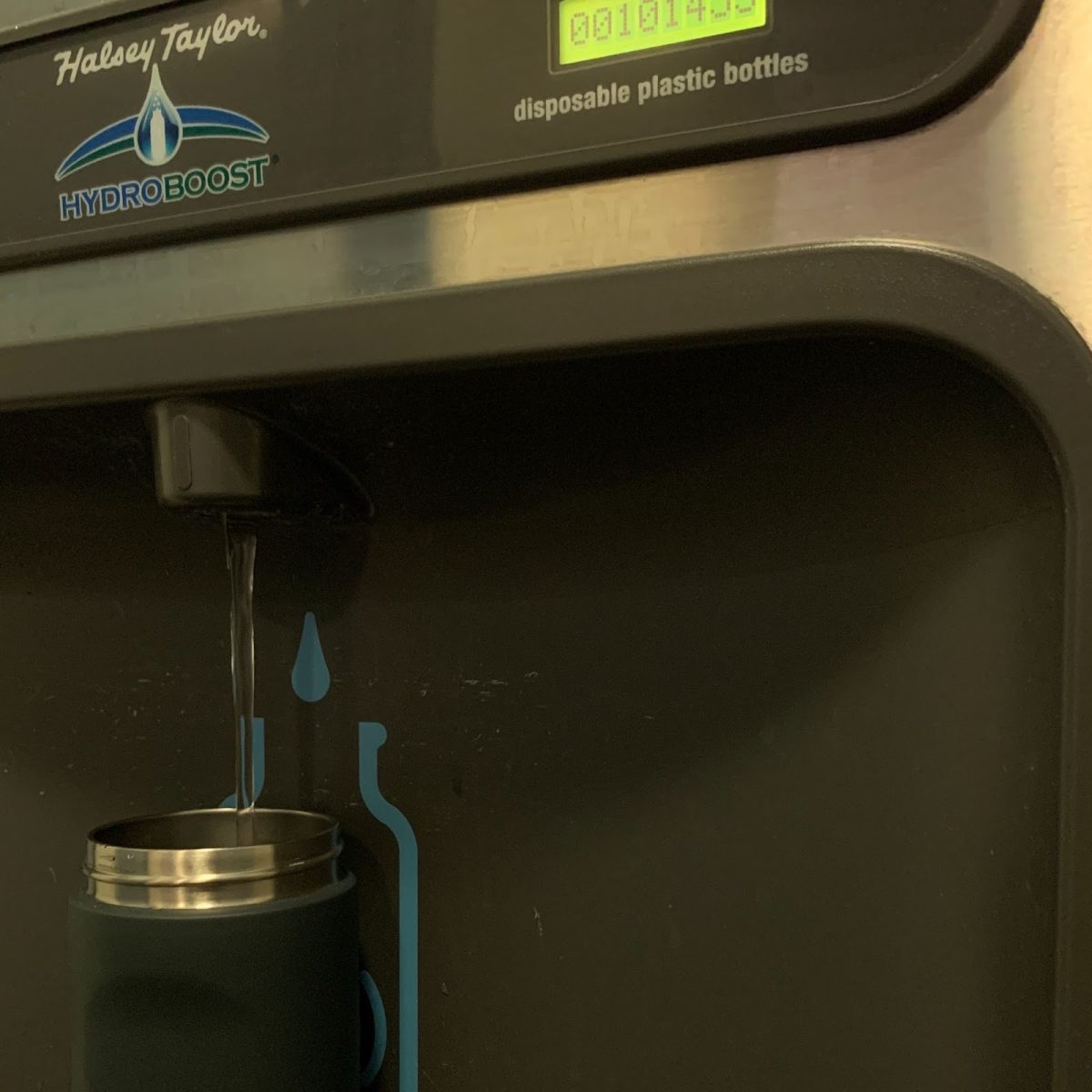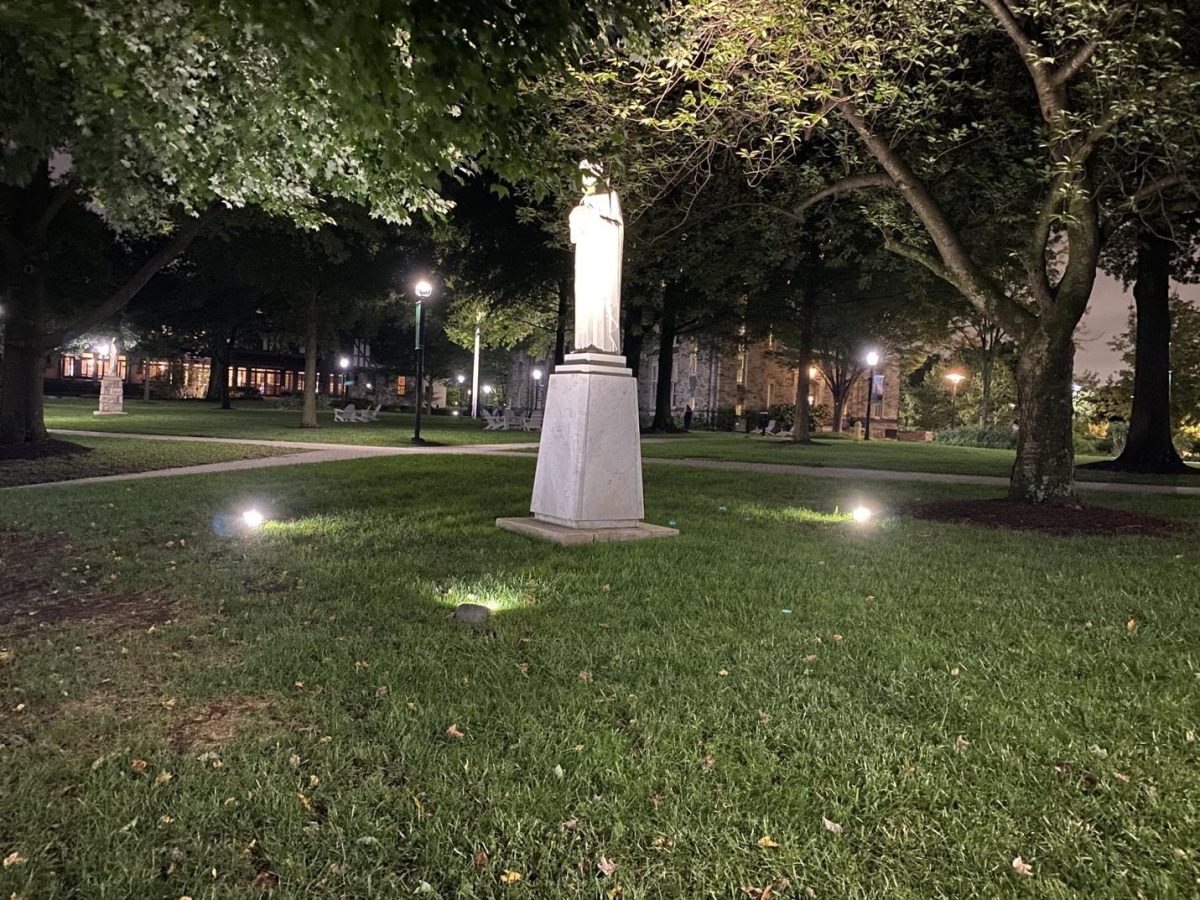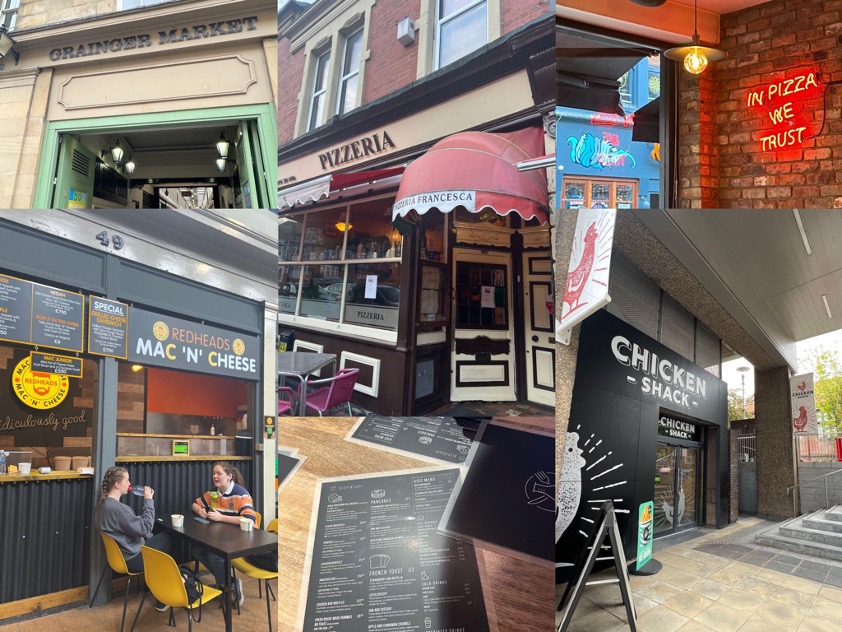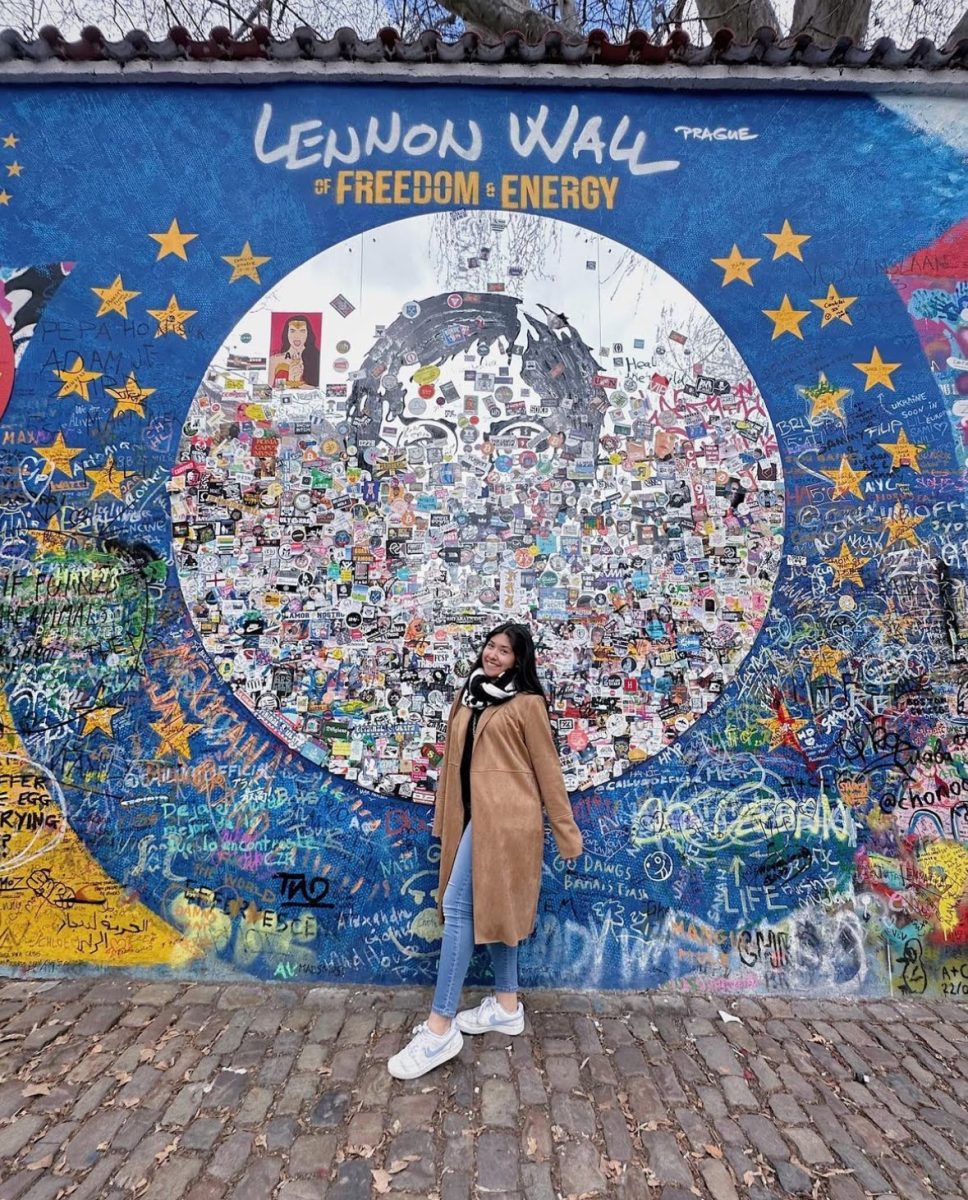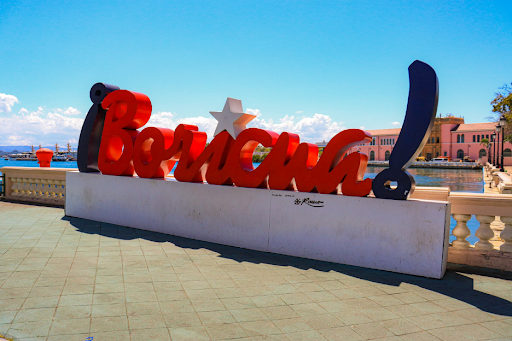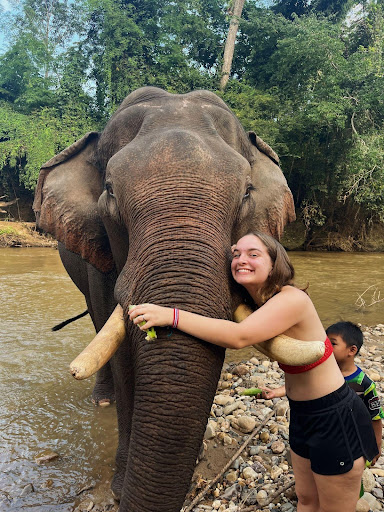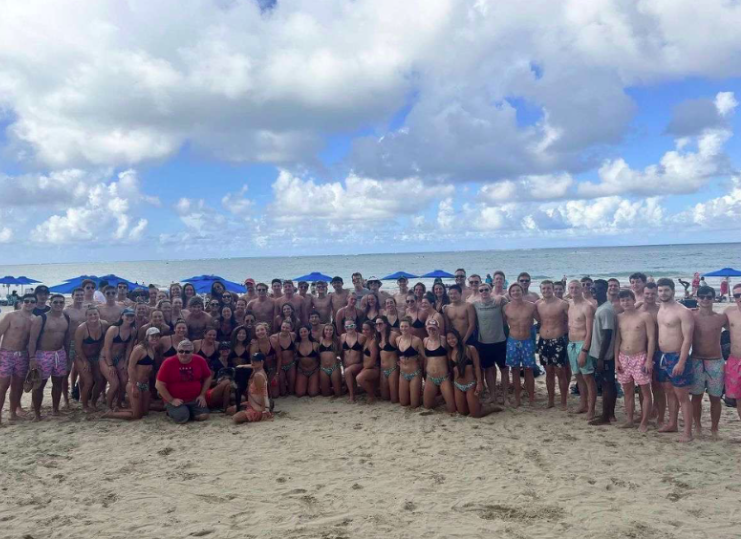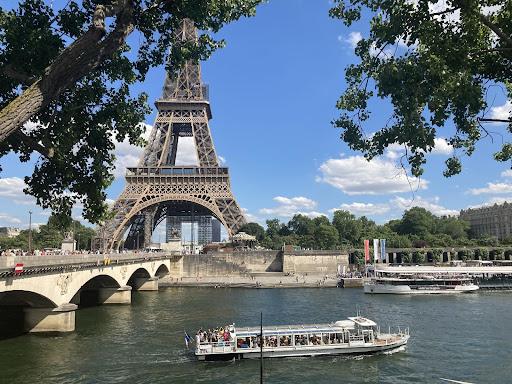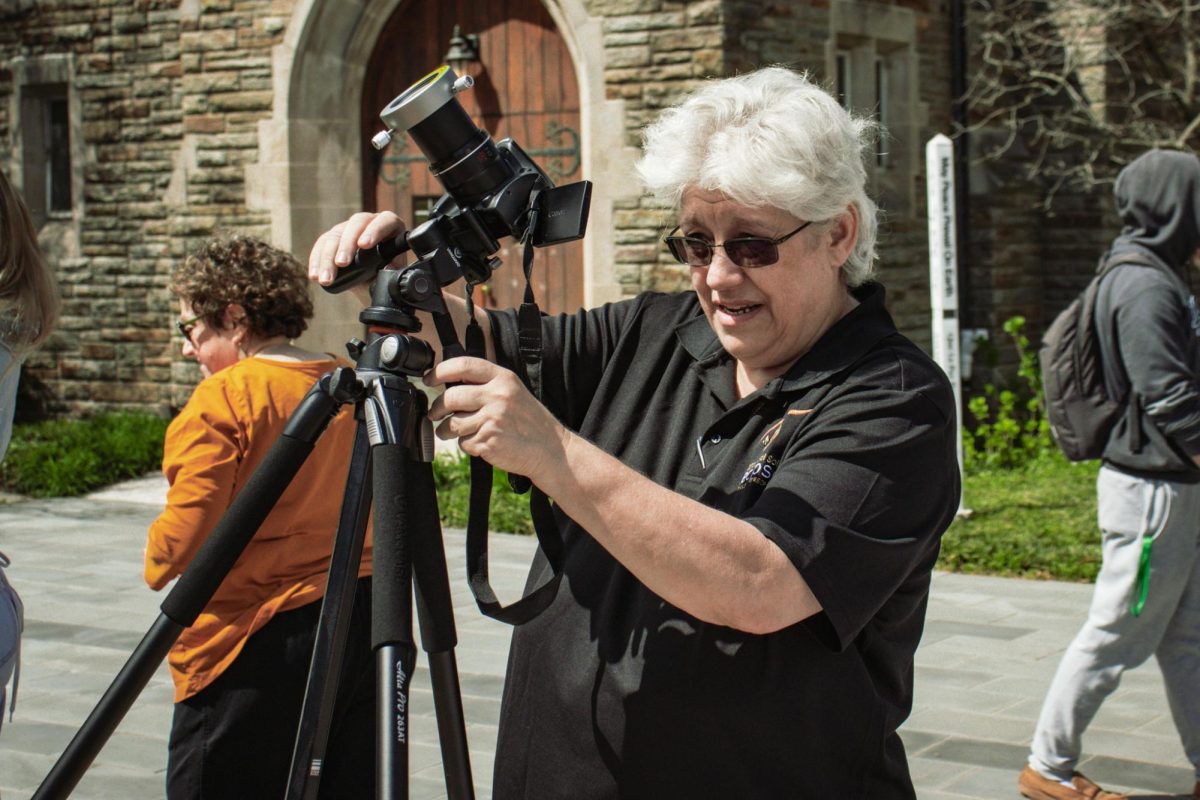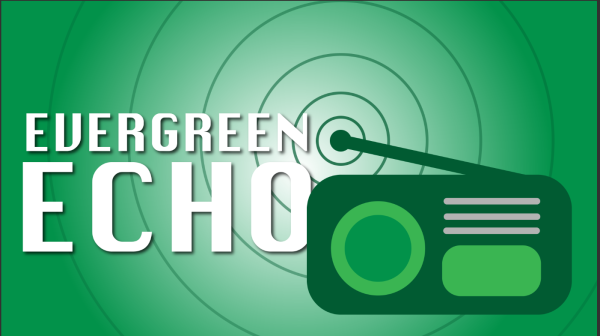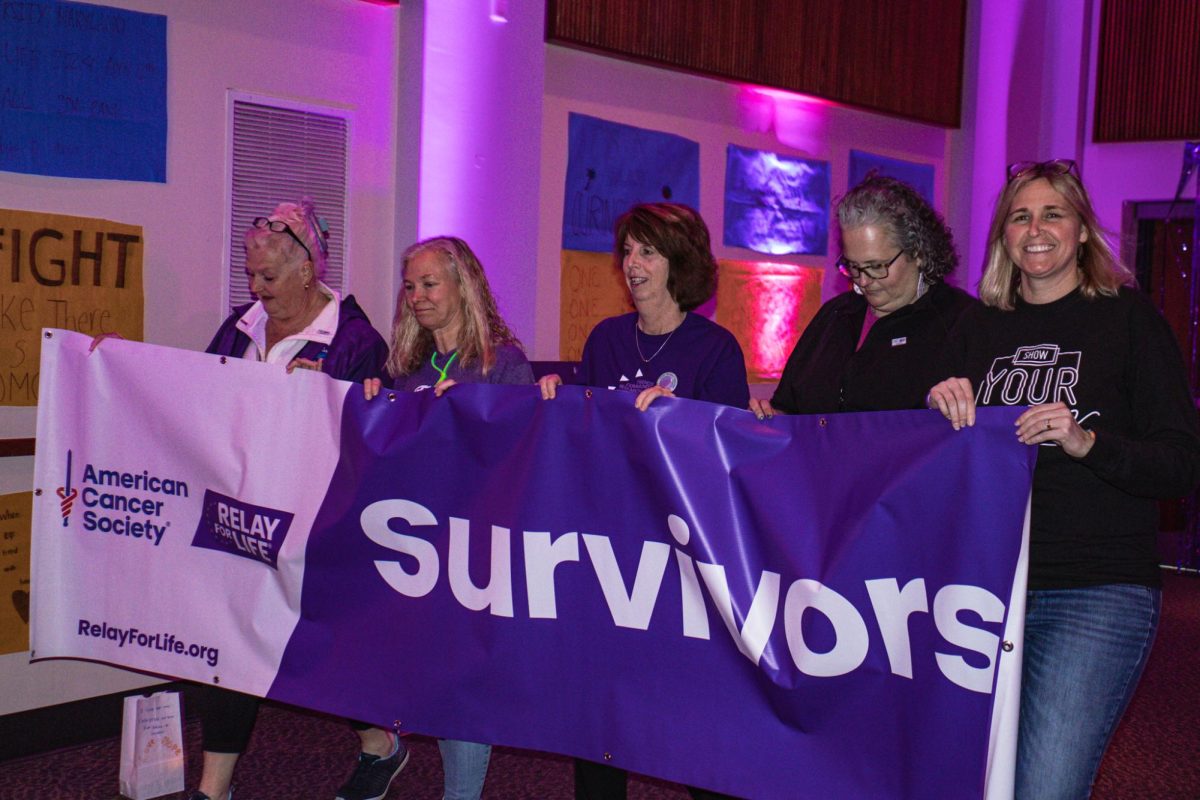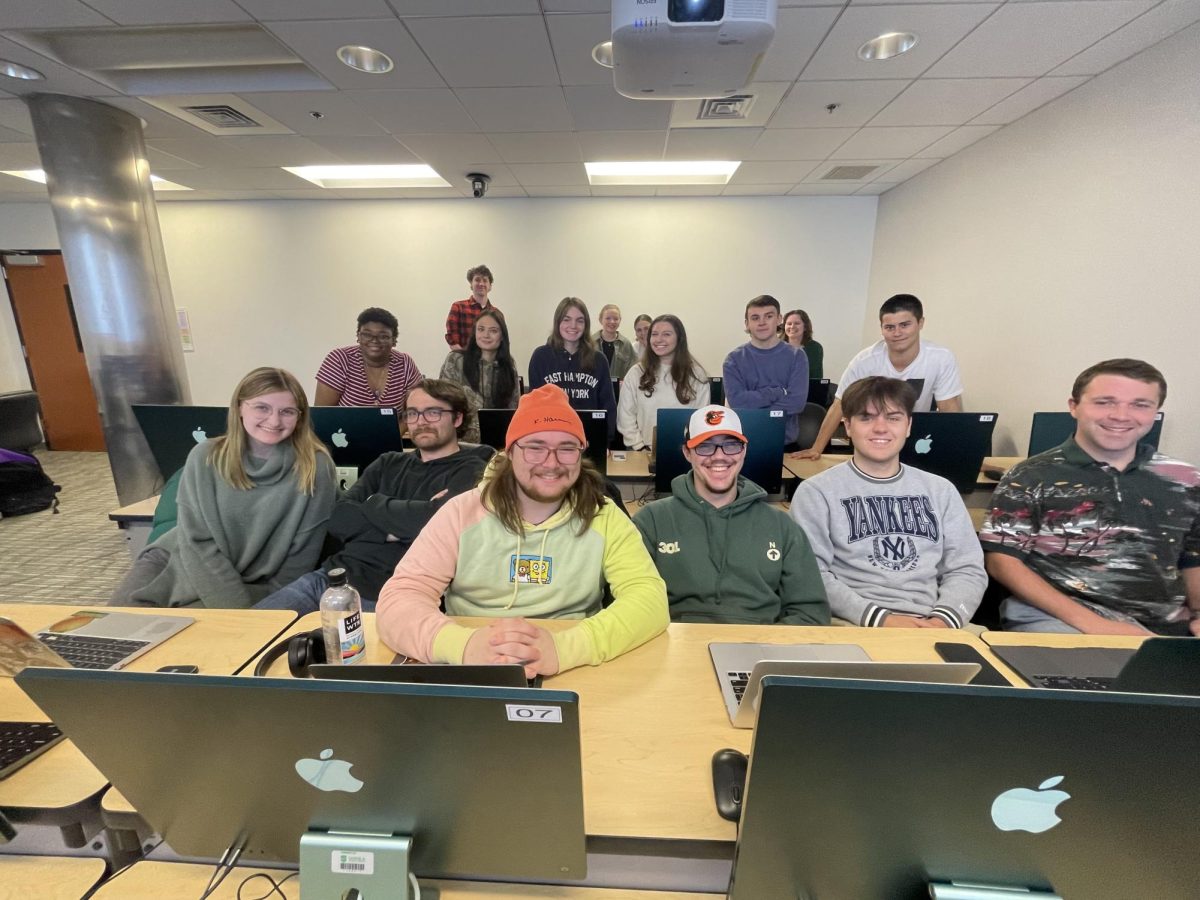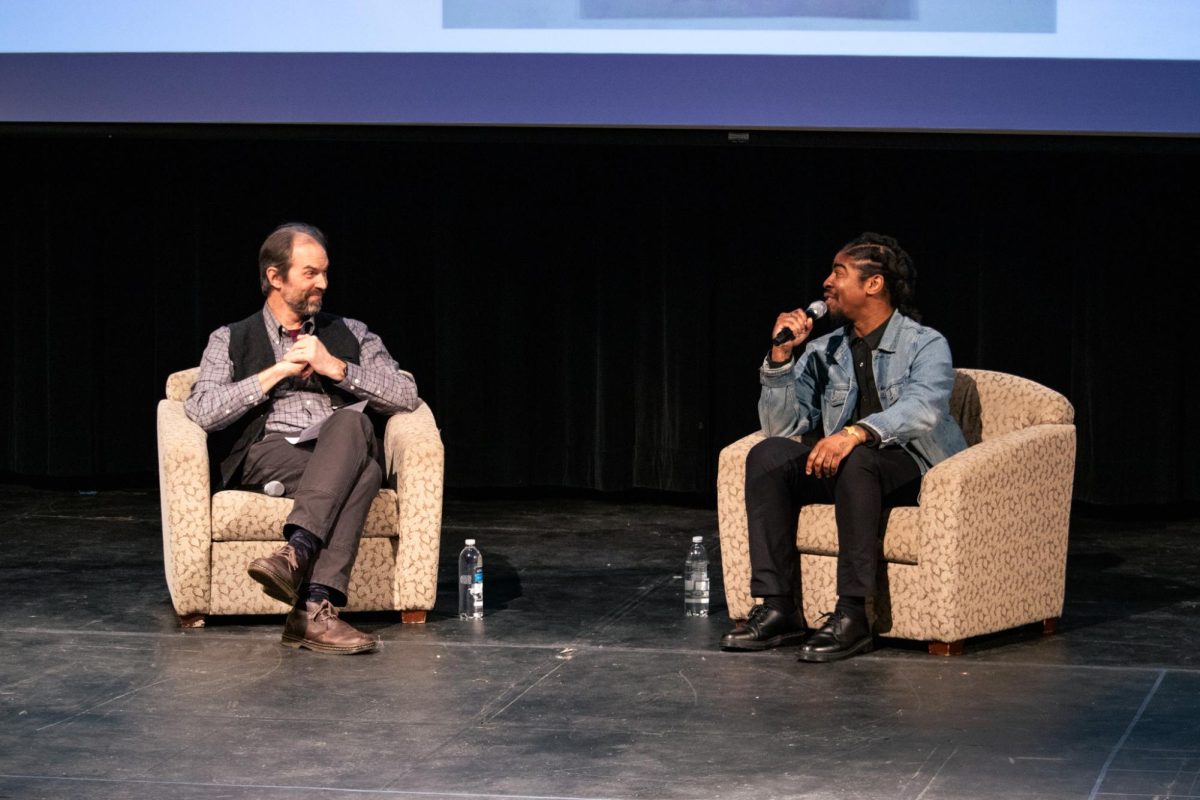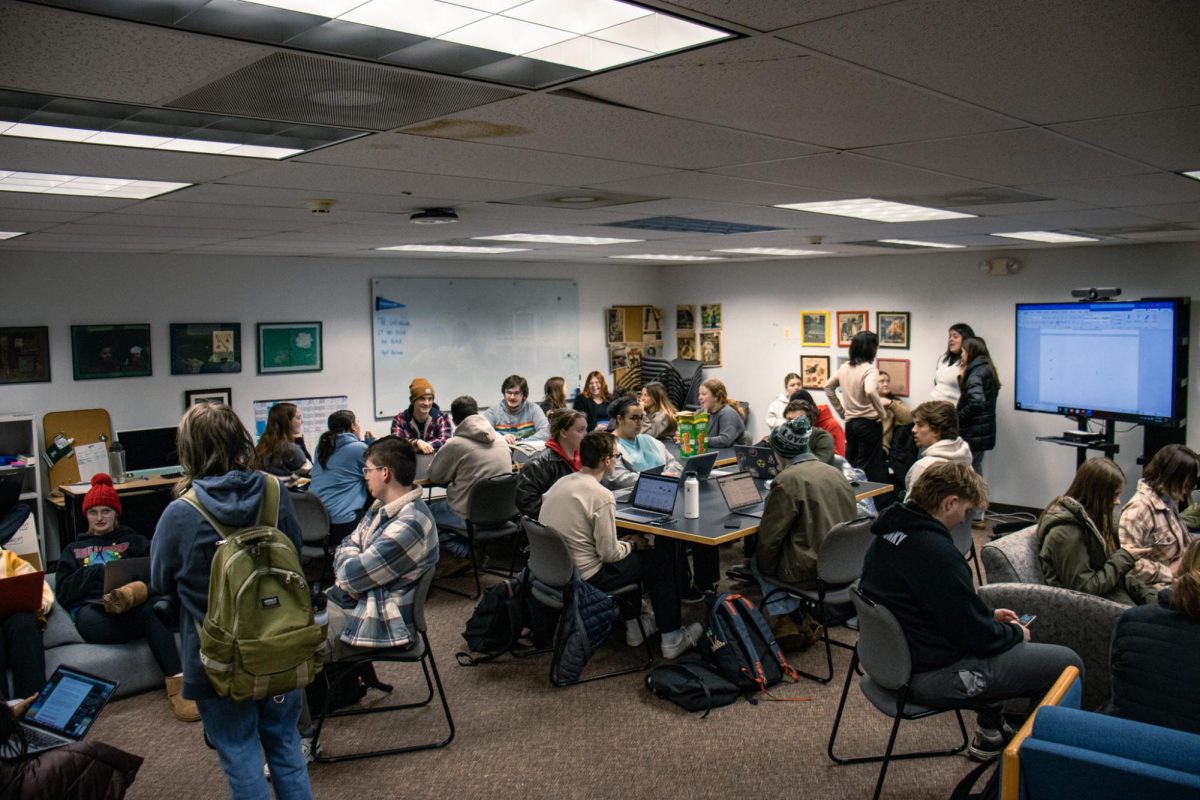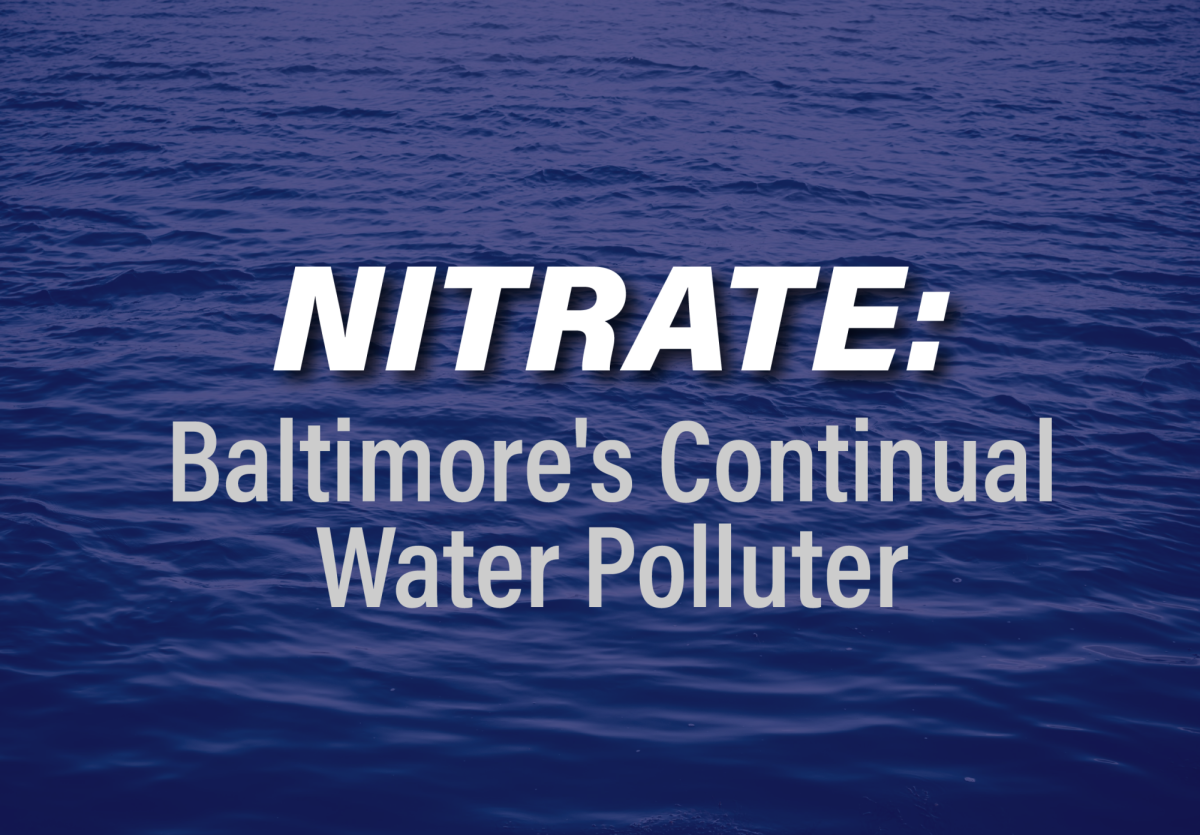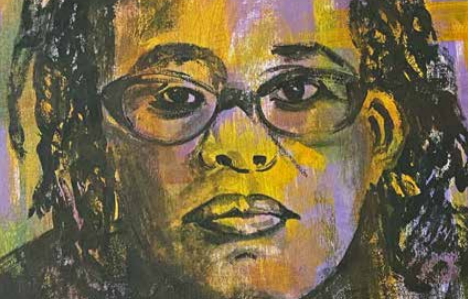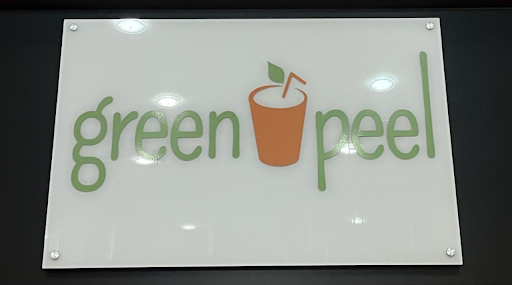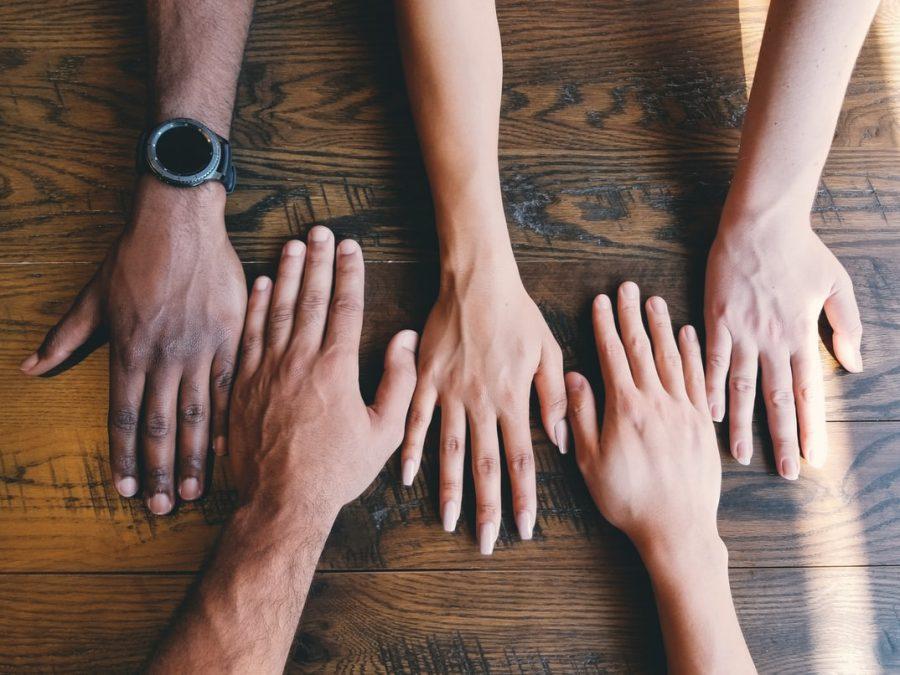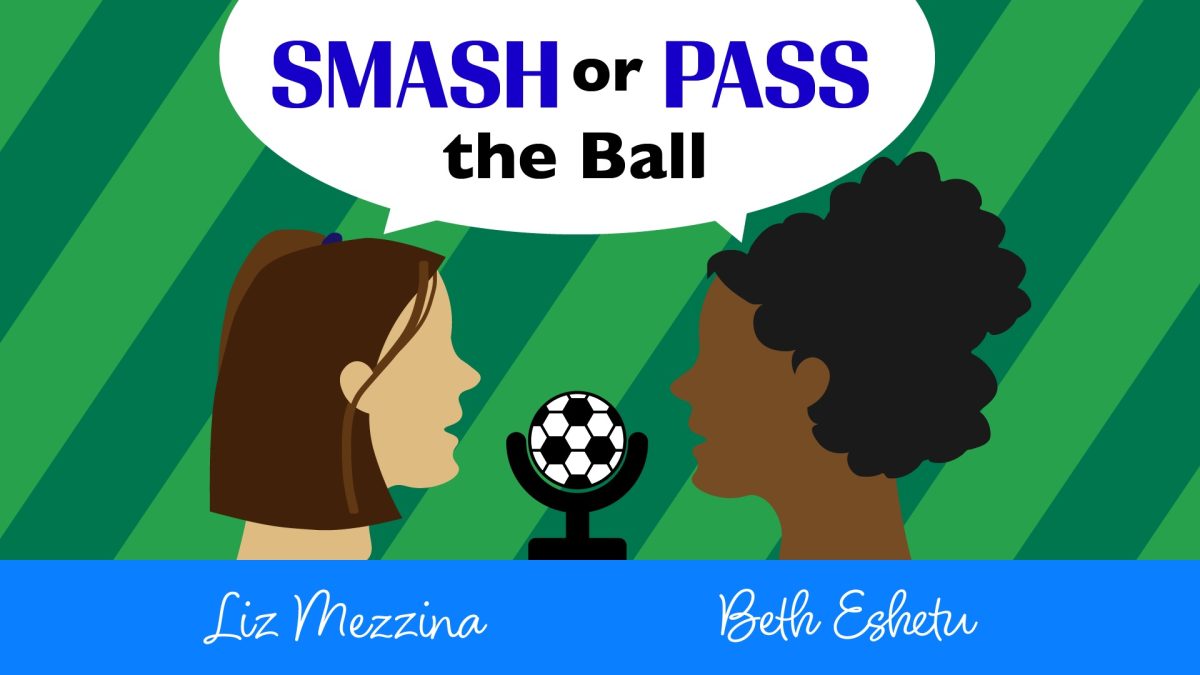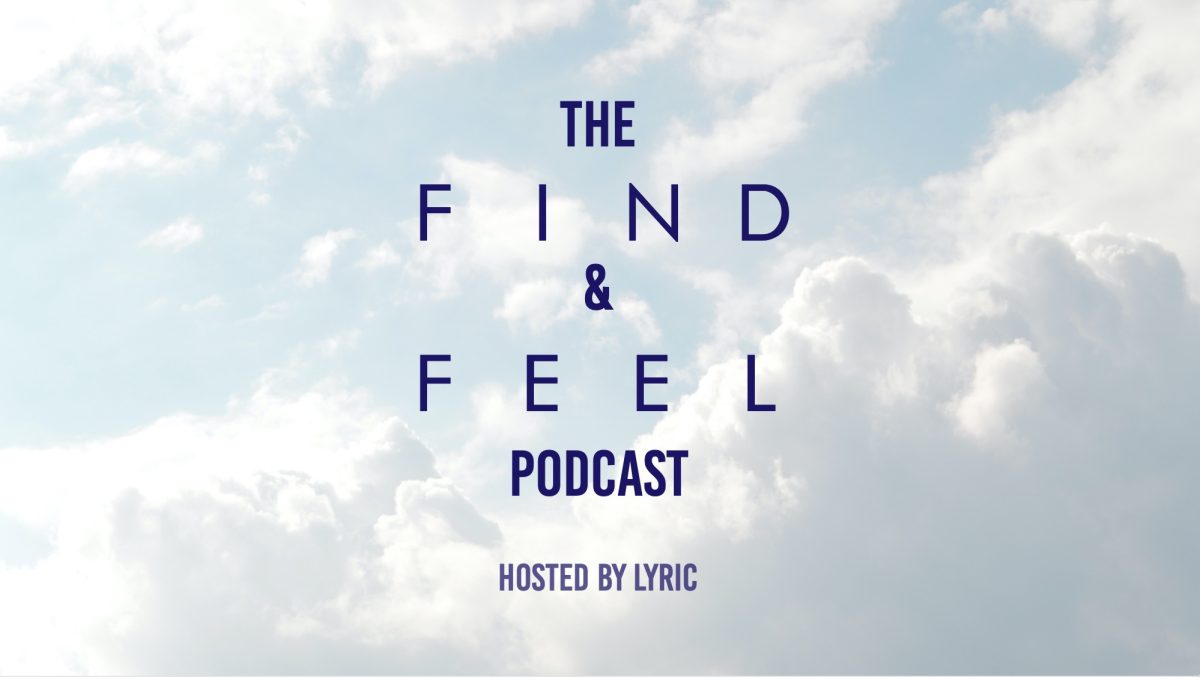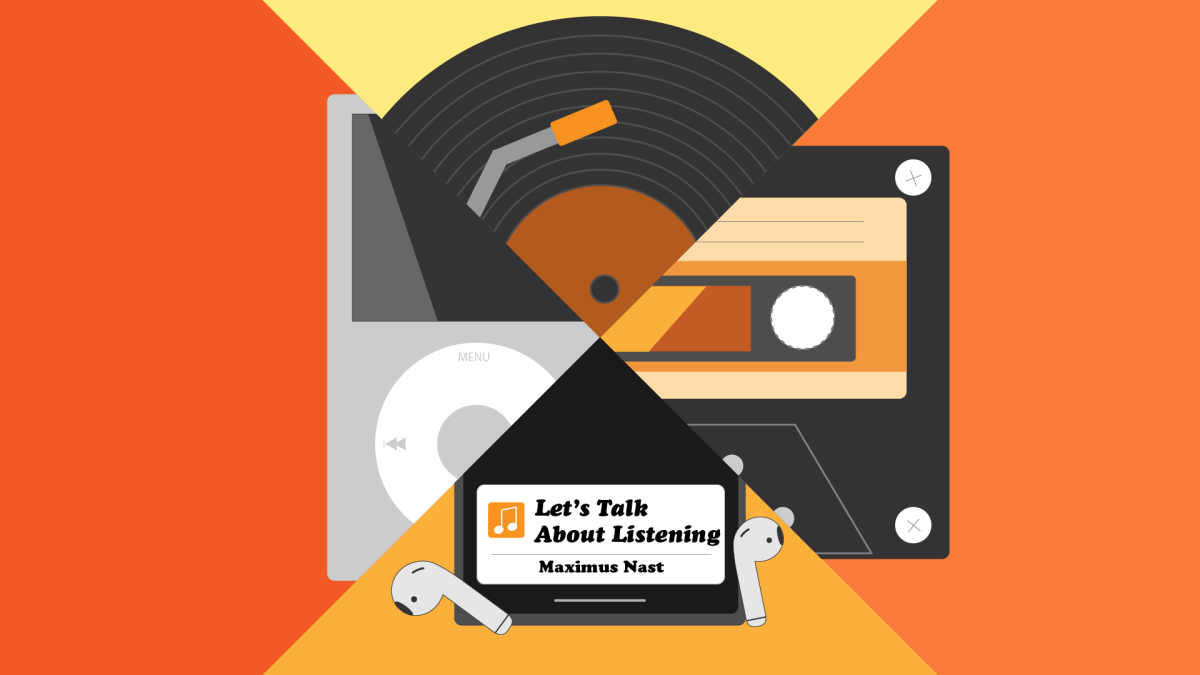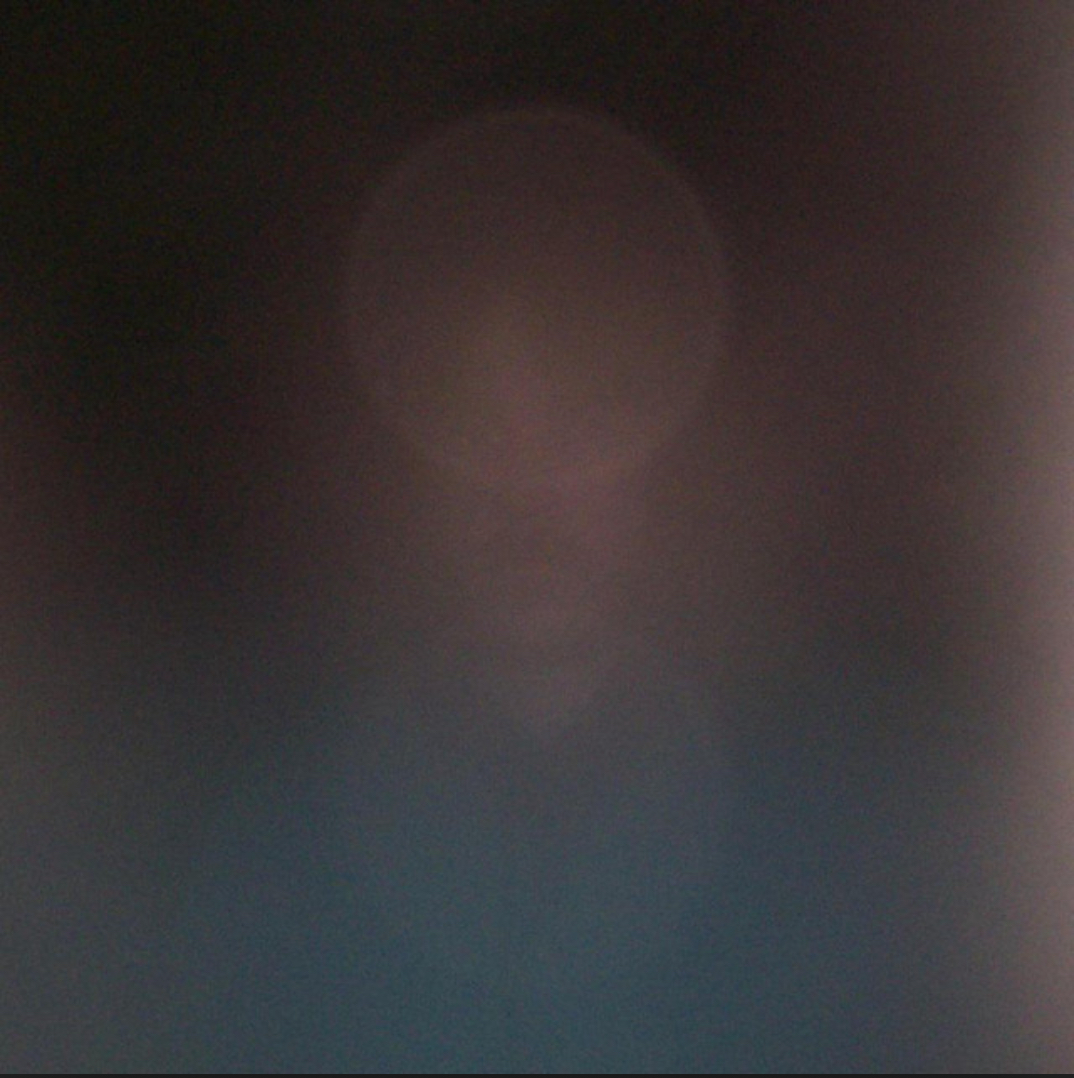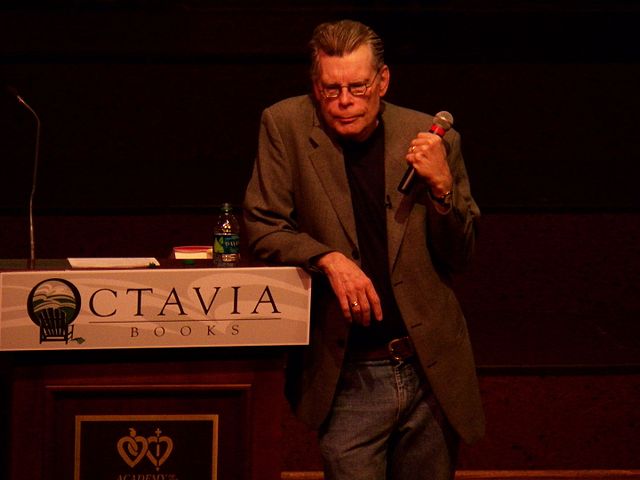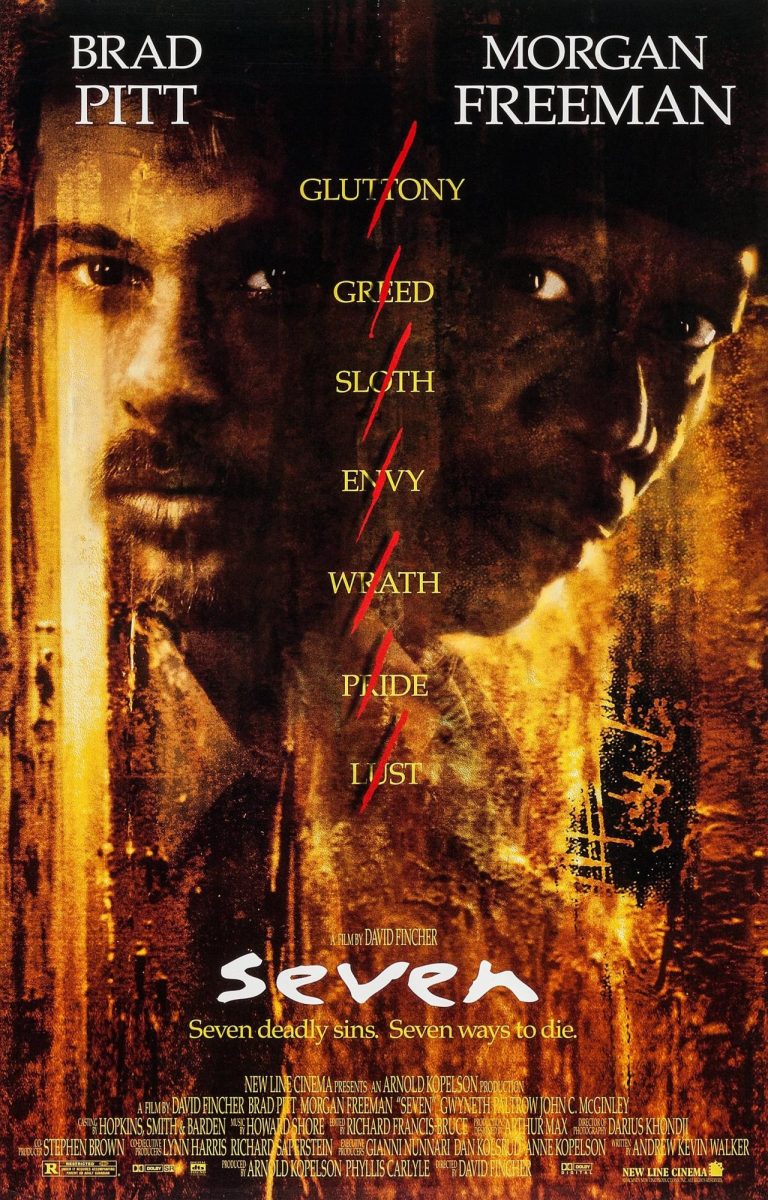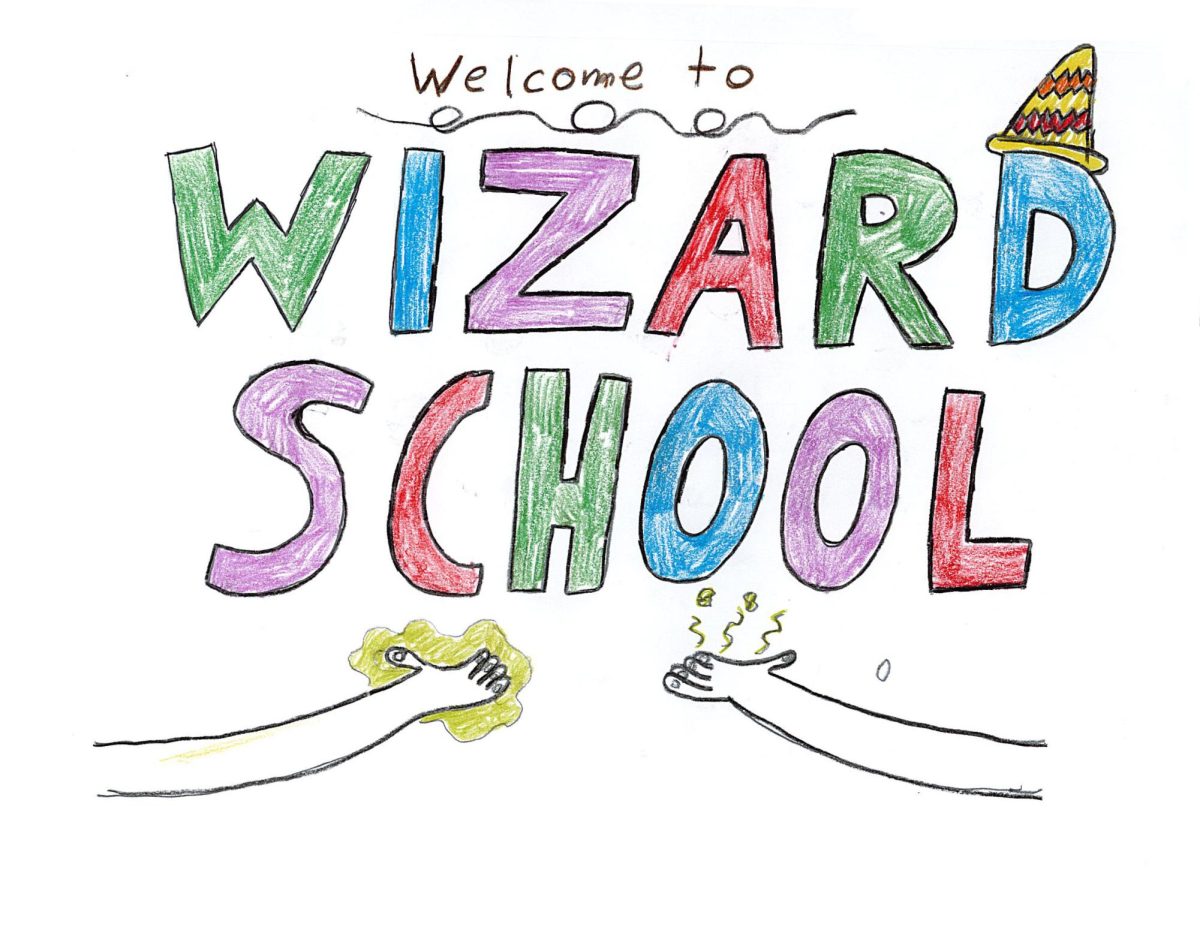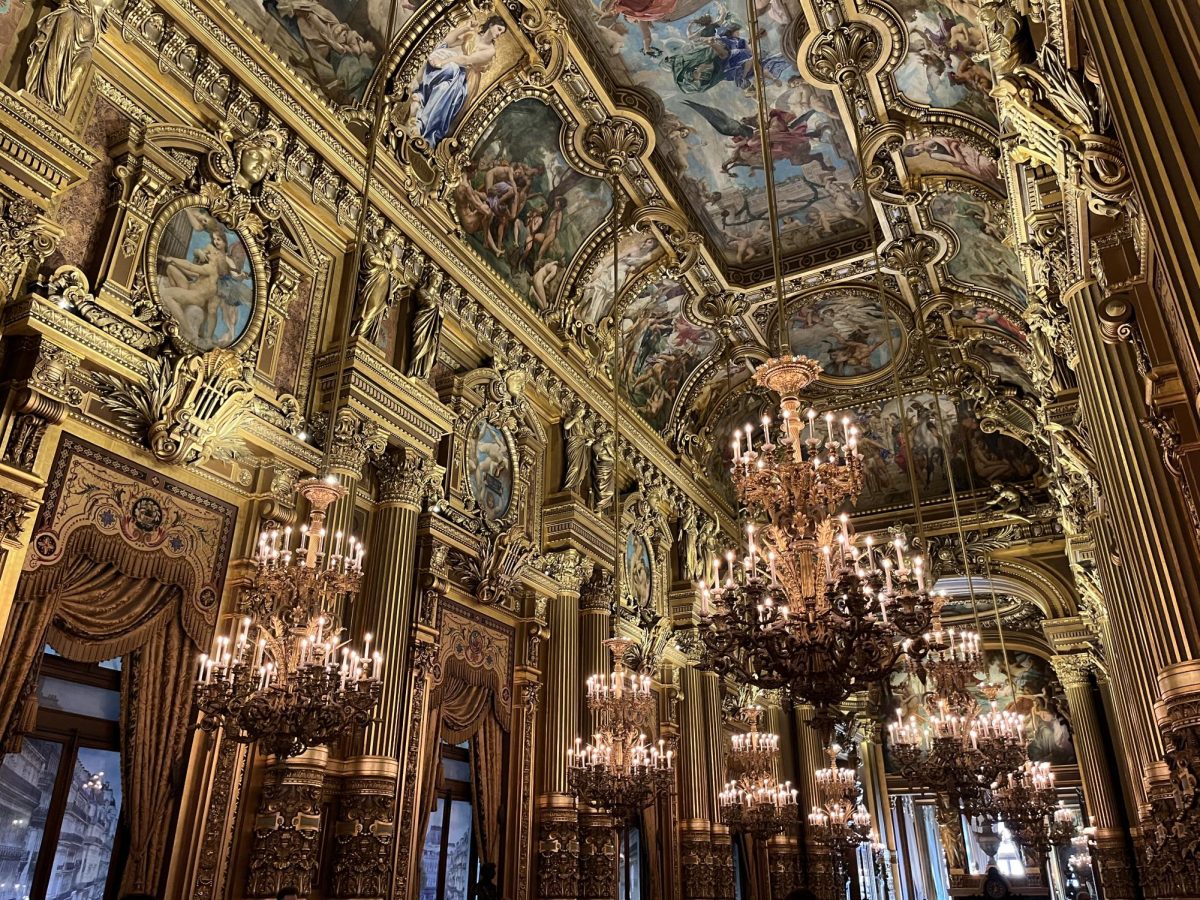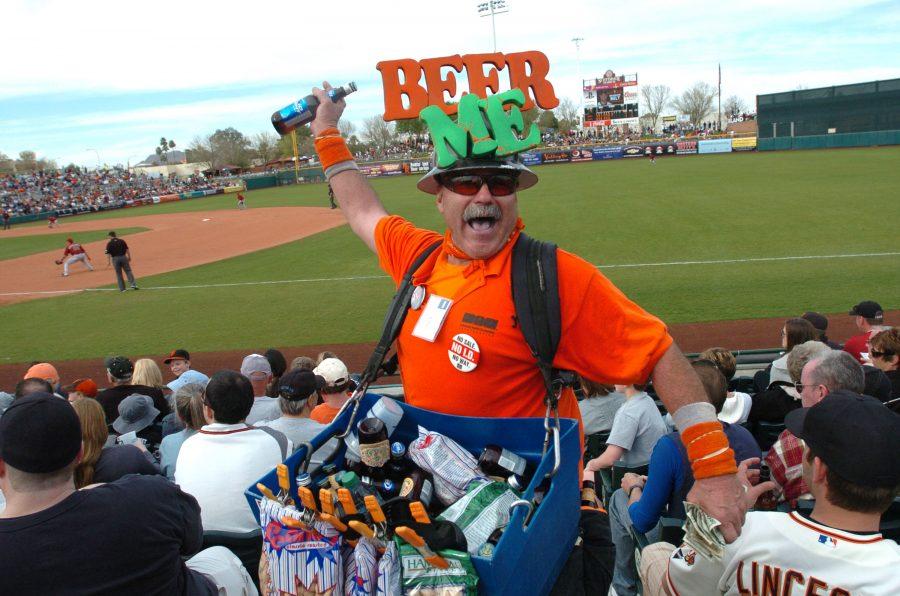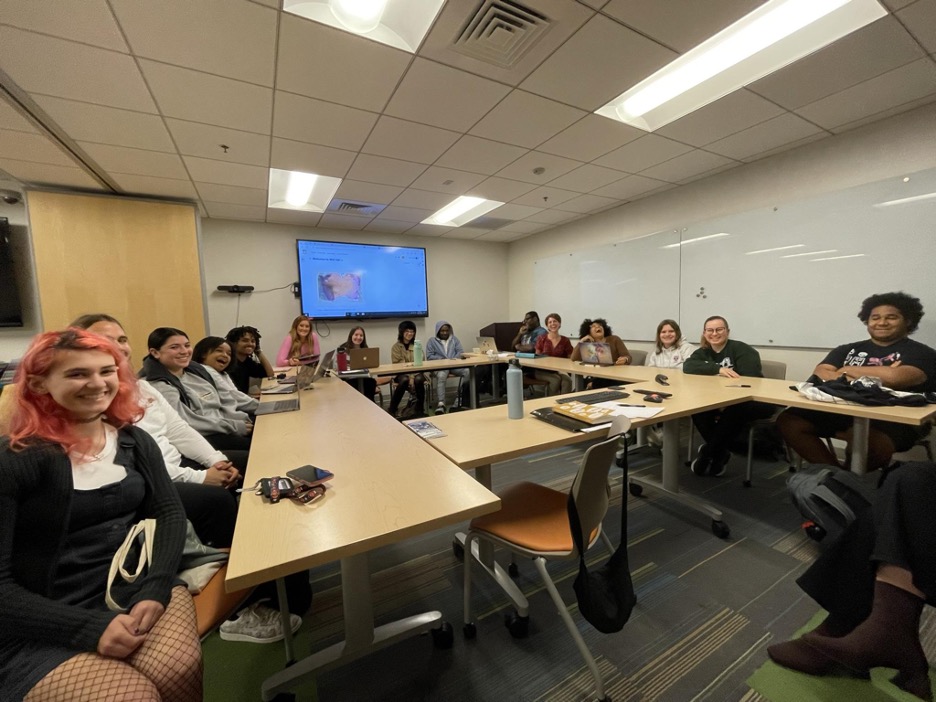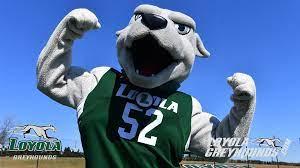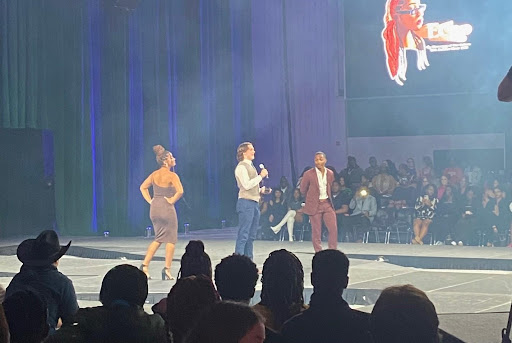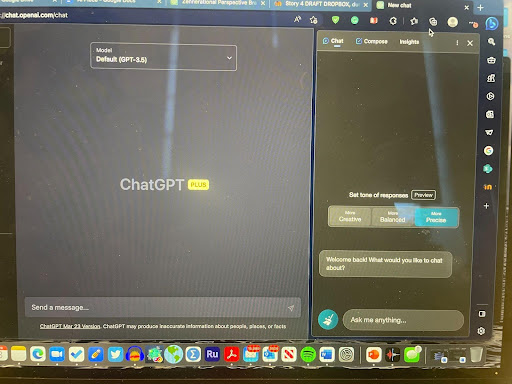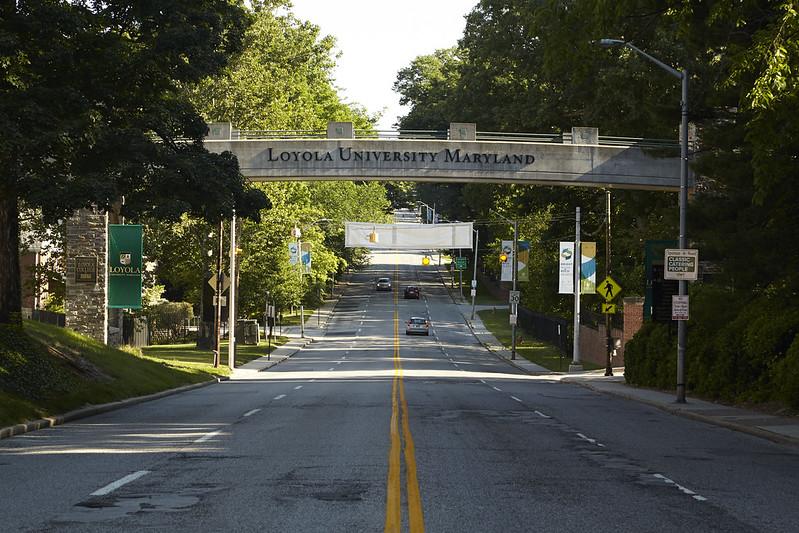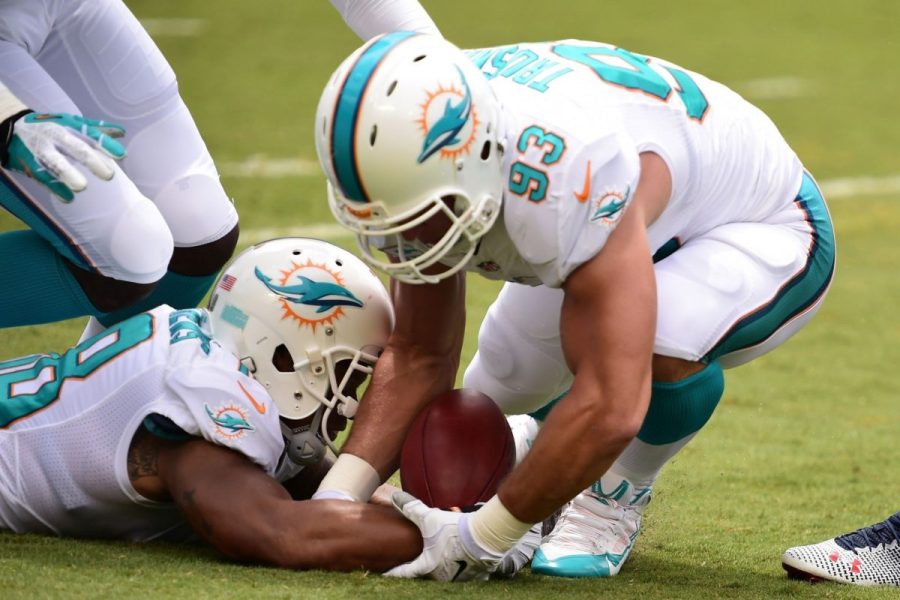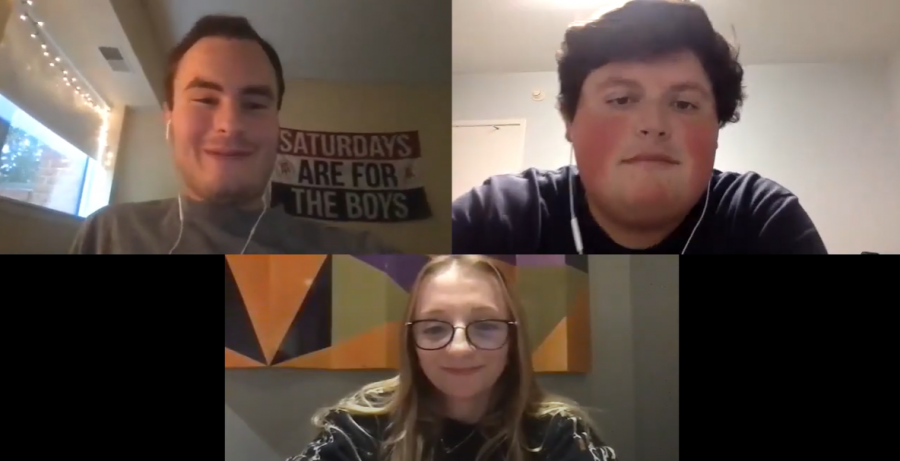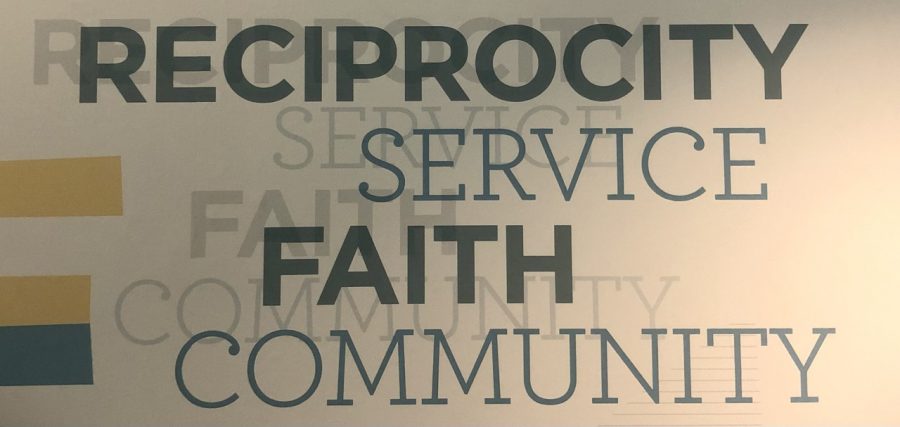Sports Editor
Sports and alcohol have gone together for longer than most of us can remember. The question of when and where they came together for the first time has been debated incessantly. One thing that cannot be denied though, alcohol can have a very negative effect on the games we love.
One of the most commonly accepted stories of how alcohol and sports first intertwined is that of Chris Von der Ahe. In 1880, Von der Ahe owned a St. Louis saloon and realized that alcohol sales jumped tremendously when the Browns were playing (these are today known as your very own Baltimore Orioles).
This realization led to him buying a portion of the team as a way to promote his product. Fast-forward to 2003, according to a study by Campaign for Alcohol-Free Sports TV, alcohol producers spent $596 million on televised sports advertising. Budweiser and Bud Light spend more than 87 percent of their advertising budgets on sports programming. Bud Light, Miller Lite, Coors Light and Budweiser accounted for 58 percent of college sports advertising revenue. Three Major League Baseball stadiums are named for beer producers.
producers.
Between the ages of two and 18, American children see approximately 100,000 commercials for beer, they are pre programmed to associate the two.
So how has this relationship affected the culture and business of professional and amateur sports? It has certainly been hugely beneficial to the alcohol industry, but how has it affected the fan experience? Researchers from Virginia Tech’s College Alcohol Abuse Prevention Center breathalyzed 275 tailgaters before four football games.
The results they came back with were enlightening. Of those tested, 86 percent had consumed alcohol and a whopping 46 percent blew a 0.08 or higher, the state’s legal limit. What was even more astonishing was that a third of the people who said they intended to drive after the game were over the legal blood-alcohol limit. It seems like every week sports sections across the nation have a recap of alcohol related violence at a local sporting event.
As the number of alcohol related incidents at sporting events increases, both professional and college organizations have begun to take measures to reign in the problem. Fights and obscene behavior are the most common complaints at sporting events these days. But these are pale in comparison to the potential harm that can be caused.
In 1985 a riot at Heysel Stadium in Brussels, Belgium resulted in 39 dead Juventus and Liverpool supporters. The blame for the disaster was placed on the Liverpool fans, but everyone knew the real culprit was the alcohol.
College sports and alcohol have a complex relationship, while the NCAA does not ban the sale of alcoholic beverages at events many conferences and individual schools do. Of the 119 FBS (Football Bowl Subdivision) schools, 54 allow the sale of alcohol and 85 have designated tailgating areas.
Indiana’s Excise Police, the law enforcement division of the Alcohol & Tobacco Commission, targeted tailgaters at Ball State, Indiana State, Notre Dame, Purdue, Butler and the University of Indiana for drunk and unruly behavior in 2012.
While it may seem like these steps spell progress for fixing alcohol related issues, other parties believe otherwise. Groups lobbying for the increase of alcohol sales in college sports say that it will provide a boost in attendance and revenue for the school. The College World Series, one of the premier college sporting events in the country, is one of the many that do not allow the sale of alcohol. Instead, many patrons make their way to the dozens of bars and beer tents just down the road.
Critics argue that the NCAA would benefit by bringing those people into the stadium to carry out their drinking, but others say it would take away from the family-friendly atmosphere. Another argument that has gained traction in recent years is allowing universities to sell alcohol on campus to its of-age students prior to games. The rational behind this is that it would bring revenue into the school as well as keep students in a safe and monitored environment.
My personal opinion isn’t that alcohol should be banned, nor do I support the idea that alcohol and sports go together like peanut butter and jelly. I feel that the constant alcohol advertising takes away from the point of the sport, furthermore, the consumption of alcohol at sporting events is fine, I happily take part in it myself.
What needs to change in the concept that being belligerently drunk at a sporting event is acceptable. Sporting events are a place for families, a place where children get to see their heroes, not where they should see drunks vomiting in trashcans or fighting over something as arbitrary as the score of a game.


